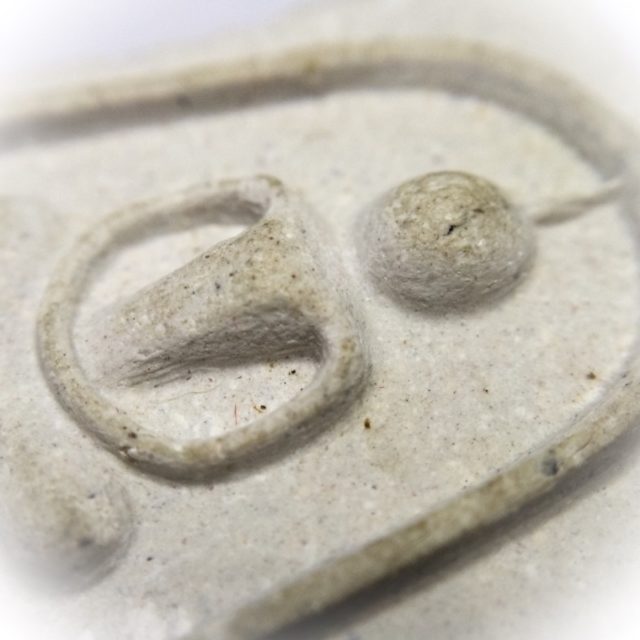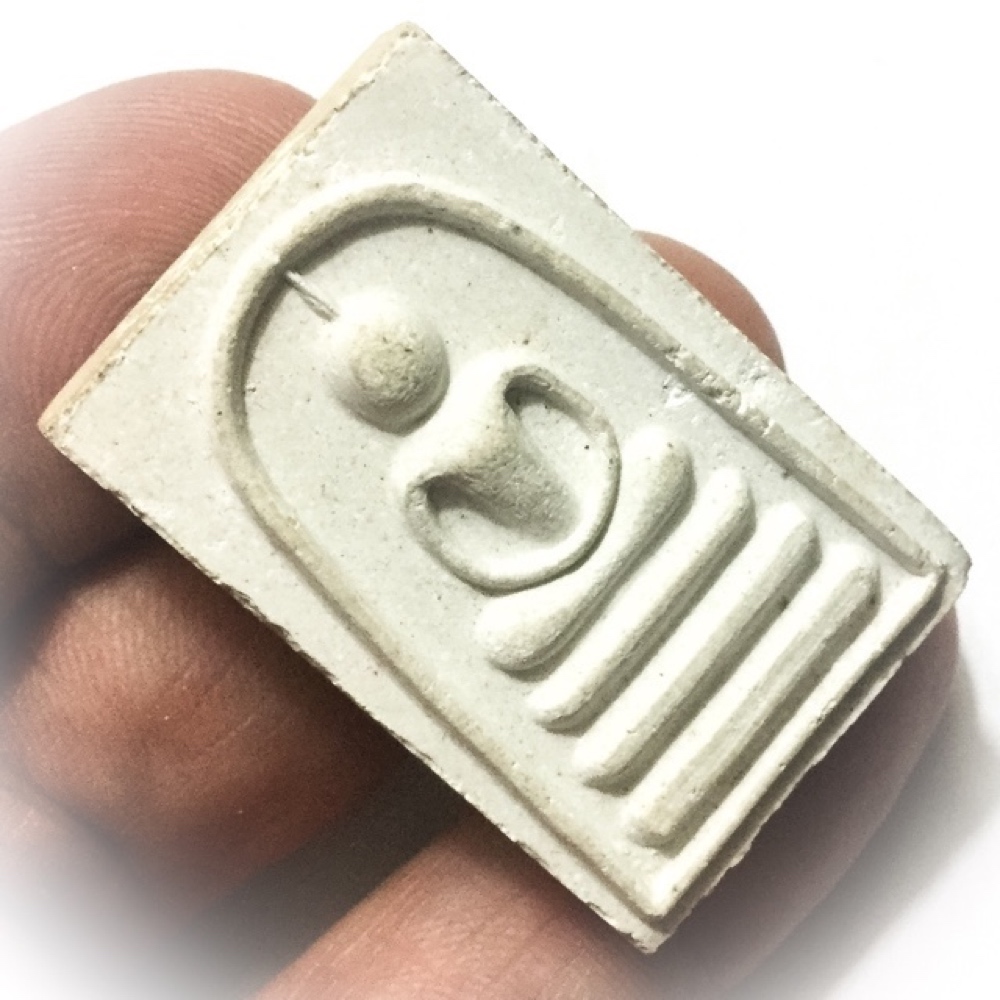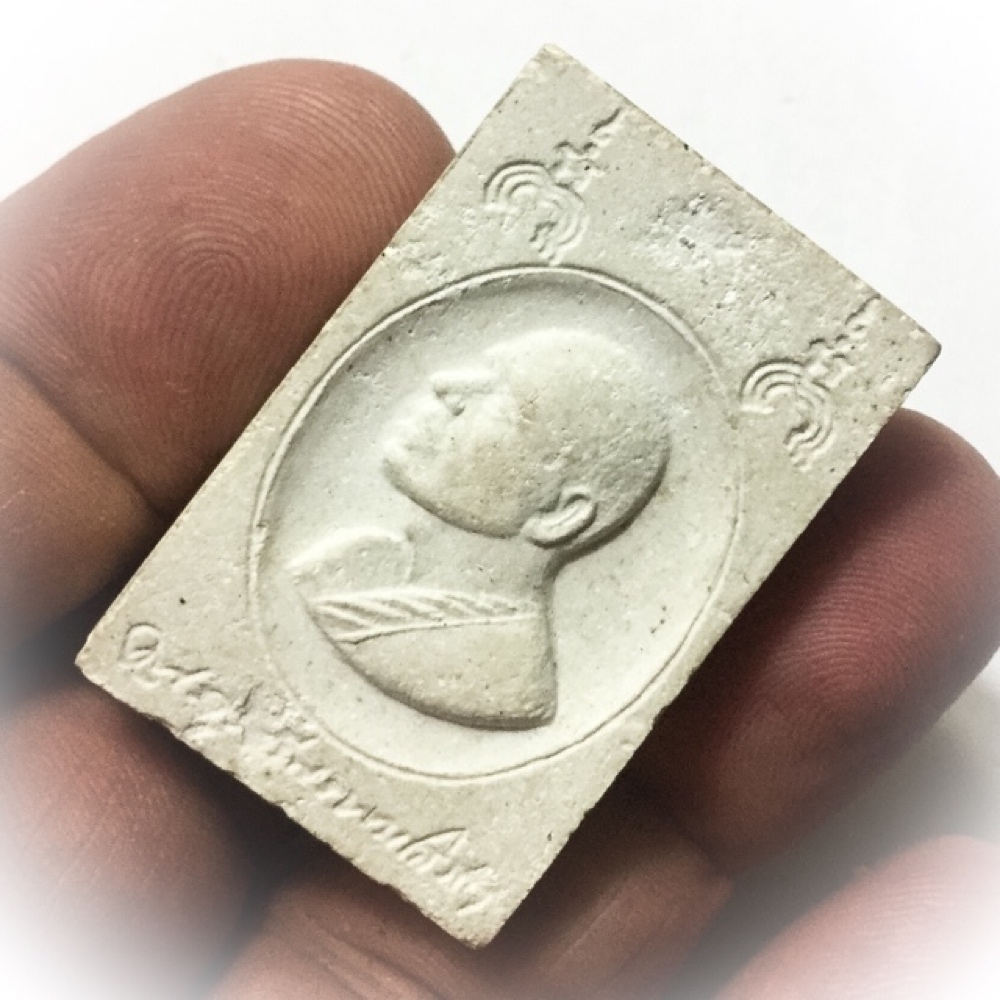The Sacred Amulets of Luang Por Sakorn: A Comprehensive Guide to the Devotional Legacy of Wat Nong Grub
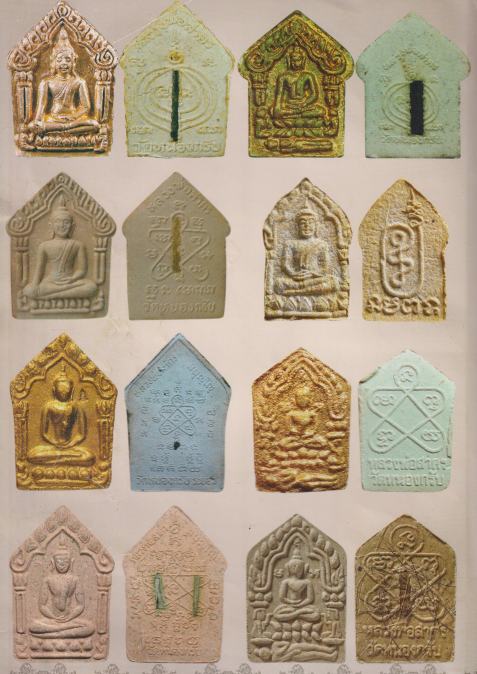
Introduction
In the pantheon of modern Thai Buddhist masters, Luang Por Sakorn Manunyo of Wat Nong Grub, Rayong Province, occupies a unique position as both a devout spiritualist and a consummate ritual technician. His contributions to Thai amulet culture are not merely of devotional significance; they reflect a comprehensive mastery of sacred materials, esoteric consecration methods, and a lineage that traces directly back to two of the most revered figures in modern Thai occultism: Luang Por Pheung of Wat Nong Bua, and the legendary Luang Pu Tim of Wat Lahan Rai. This guide endeavors to present a detailed exposition of the amulets and talismanic objects consecrated by Luang Por Sakorn during his lifetime, situating them within their historical, ritual, and collector contexts.
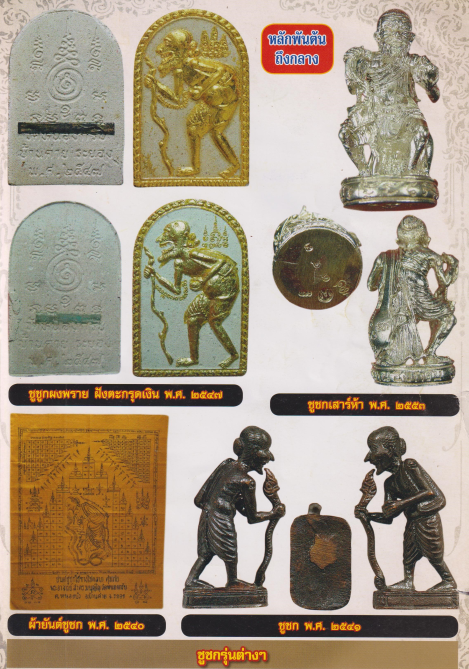
Origins and Mastery
Luang Por Sakorn’s journey into sacred craftsmanship began under the tutelage of Luang Por Pheung and was later refined through intensive study with Luang Pu Tim, a master famed for the creation of Prai Kumarn powder-based amulets. Luang Por Sakorn also underwent further esoteric training under Luang Pu Hin of Wat Nong Sanom, thus solidifying his foundation in the Ruesi traditions and mystical sciences that underpin the creation of powerful amulets. He was not merely a ritual assistant or disciple but was entrusted with specific formulas, powders, and esoteric incantations that had, until then, remained within an exclusive lineage. This trust would culminate in the prolific consecration of sacred objects that today form one of the most respected catalogs in Thai Buddhist amulet history.
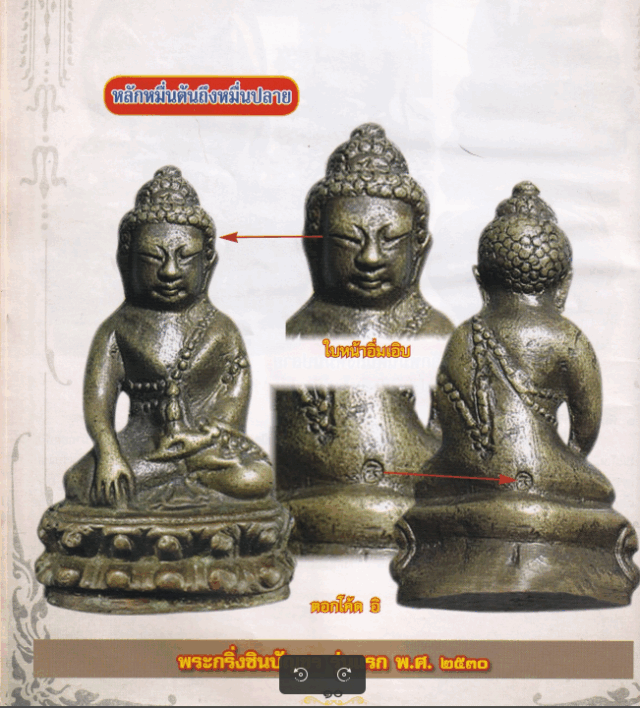
The Phra Khun Phaen Series
Luang Por Sakorn’s reputation was cemented with the release of the first Phra Khun Phaen Pong Prai Kumarn amulets in 2530 BE. These were produced in small and large molds, using authentic prai kumarn powder inherited from Luang Pu Tim, infused with oils, sacred floral essence, and enhanced with metal Takrut in gold, silver, or copper. The resulting amulets were rich in texture and profound in spiritual energy. Highly venerated for their reputed efficacy in charm (maha sanaeh), protective metta, and financial fortune, these amulets command high premiums in today’s collector markets.
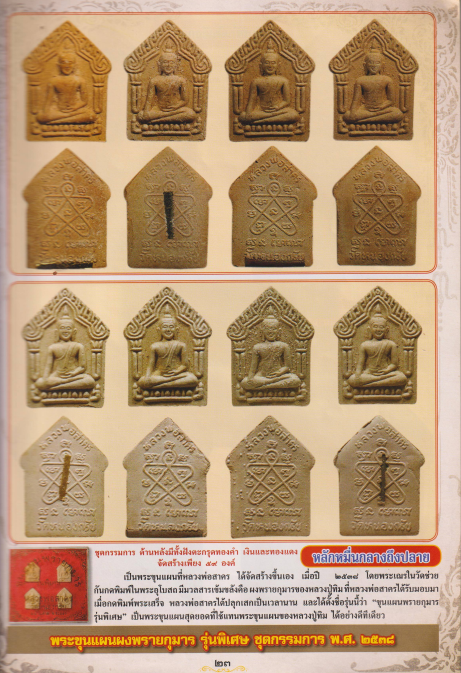
Subsequent editions of Khun Phaen continued to evolve in both aesthetic form and ritual complexity. The 2538 BE edition commemorated the construction of a new chedi at Wat Nong Grub and involved the integration of additional powders from Luang Pu Tim and Luang Pu Hin. In 2543 BE, to celebrate his 63rd birthday, Luang Por Sakorn introduced Khun Phaen with Nava Loha Takrut, empowered over extended periods of solitary and collective chanting ceremonies. By 2546 BE, the Phapa Samakkhi edition showcased new powder compositions, lacquer finishes, and embedded silver Takrut, with narratives emerging around wearers surviving life-threatening events.
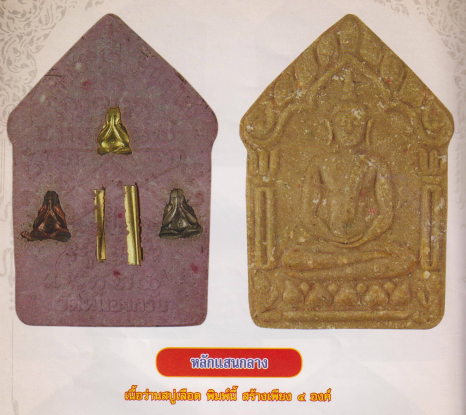
Later editions such as the Khun Phaen Krob Jakawan (2553 BE) and the Tri-Mas edition (2555 BE) featured powders like Jin Dab Mani and meticulously blended sacred herbs. Each of these editions carried subtle differences in mold, coloration, and embedding—details that advanced collectors scrutinize when authenticating specimens.
Phra Pidta and Meditative Forms
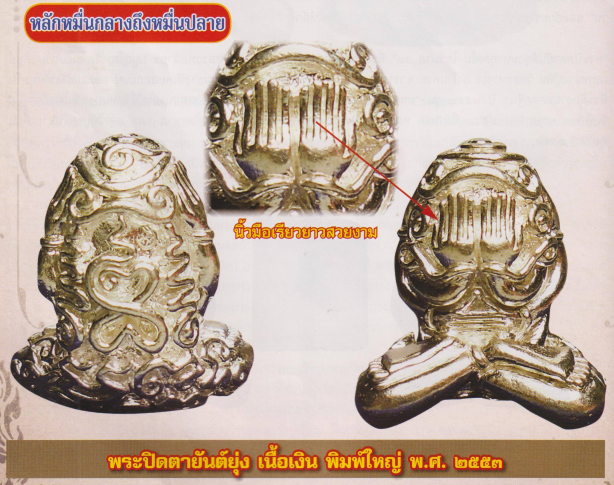
Phra Pidta amulets by Luang Por Sakorn represent a synthesis of mystical protection and wealth attraction. The Phra Pidta Maha Lap medallion, released in 2524 BE, depicted the classic closed-eye mudra associated with spiritual introspection and arcane wisdom. The reverse bore yantras believed to ward off misfortune and invite abundance. Revered especially by traders, it became affectionately known as the “Pidta 24.”
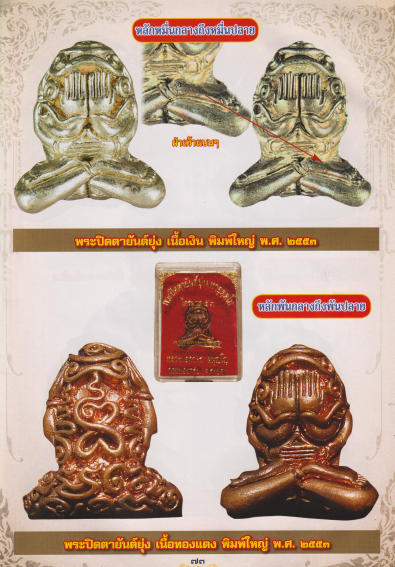
He later introduced additional Pidta forms, including versions aligned with Taw Wessuwan—the celestial guardian associated with wealth and guardianship—produced in metal and cloth. These were ritually empowered through multi-day chanting ceremonies, often during auspicious lunar alignments.
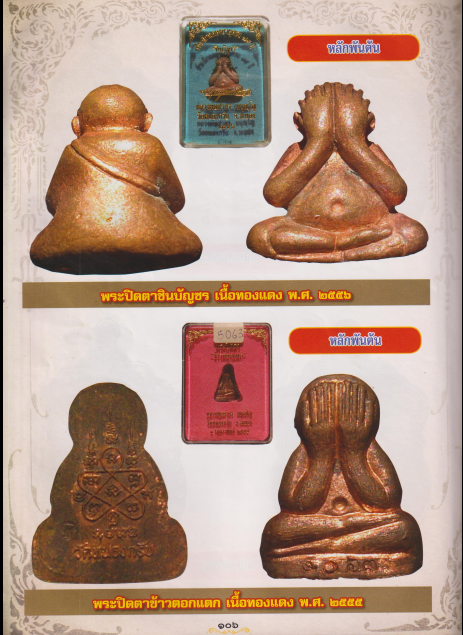
Phra Kring and Ritual Bells
Among the most iconic of Luang Por Sakorn’s creations was the Phra Kring Tripitaka series, first released in 2544 BE. These sacred ringing amulets were forged from metal alloys that included melted Chinnabanchorn relics, sacred fragments from Luang Phu Kaew’s amulets, and embedded Takrut scrolls. In select editions, sacred hairs from Luang Por Sakorn, Luang Pu Tim, and other senior monks were sealed within the base, and inscriptions were applied during the three-month Rains Retreat. Considered especially powerful for healing, prosperity, and spiritual grounding, these amulets have achieved near-legendary status among devotees.
Takrut and Cloth Talismans
Takrut charms formed a vital aspect of Luang Por Sakorn’s repertoire. These included the Tone Sao 5 (2550 BE), which was crafted in auspicious Saturday-Fifth configurations, and the Maha Prap series (2540 BE), which was associated with invincibility and aura enhancement. These charms, inscribed in silver, copper, or triple-metal alloys, were often individually consecrated by hand, reflecting the personalization that characterized his work.
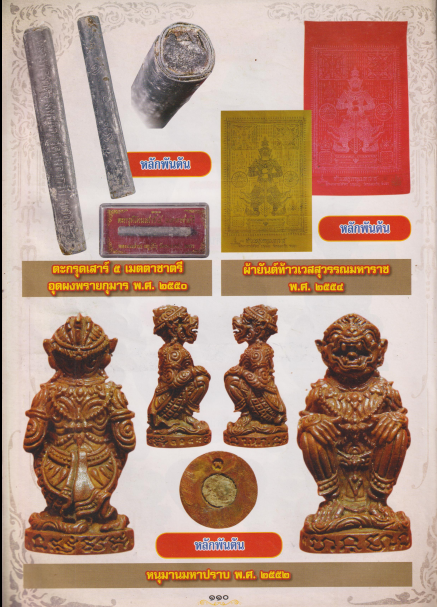
Cloth talismans such as the Pha Yant Paddle Banner and the Shuchok Talismans were also significant. The latter, in particular, were hand-drawn with Dvaravati-style yantras and are revered for their household protection properties. One of the most coveted cloth talismans is the Taw Wessuwan yellow Pha Yant, limited to 1,000 pieces, each numbered and stamped by temple authorities.
Medallions and Commemorative Coins
Among his numerous commemorative medallions, the Baramee 53 series (2553 BE) stands out. Oval in shape and bearing Luang Por Sakorn’s meditative image on the obverse and wealth-attracting yantras on the reverse, this series was produced in gold, silver, and various copper alloys. The gold versions were limited to just 99 pieces, and each was individually numbered, adding to their collector appeal.
The Maha Pokasap medallion, created for his 73rd birthday in 2554 BE, depicted Luang Por Sakorn in full-figure and featured the “Unending Wealth” yantra. Like the Baramee 53, this medallion was released in multiple metal grades, from nava loha to copper. A follow-up series in 2555 BE, known as the Tri-Mas Edition, incorporated strands of his sacred hair and blended alloys. Additional rarities include the Sam Kasat medallion (featuring gold, silver, and copper alloys) and the Seema Six-Round commemorative medallions.
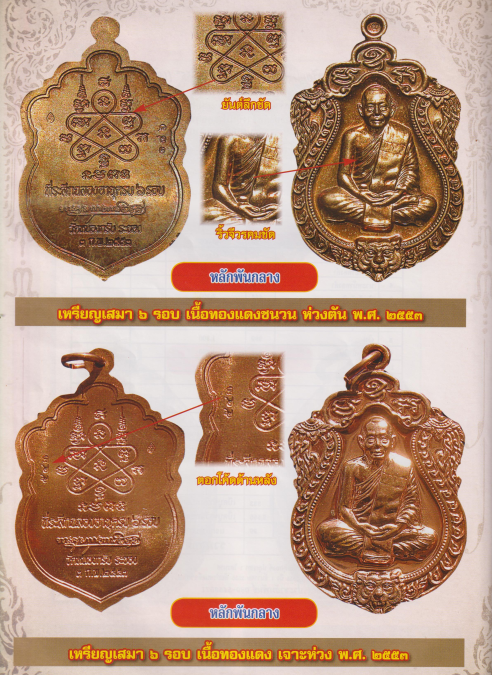
Animal-Based Charms and Effigies
Luang Por Sakorn also produced an array of animal-based talismans, designed for protection, authority, and personal magnetism. Among them, the Singha Maha Prap of 2546 BE—a small lion’s head effigy—was embedded with prai kumarn powders and Takrut scrolls, crafted in gilded bronze or sacred alloys. Tiger effigies carved from wood or cast in metal, featuring inscriptions derived from Luang Pu Tim’s own scrolls, were equally venerated.

The Hanuman Maha Prap Trai Chak edition, a highly sought-after and exclusive piece from the 2555 BE collection, boasts a limited run of only 333 consecrated pieces. Each individually crafted effigy was imbued with spiritual significance over the course of nine sacred nights, during which time it was infused with an array of powerful ingredients, including multiple Takrut, relic powders, and as many as 16 distinct forms of Hanuman yantras. These intricate and complex components work in harmony to amplify the metaphysical properties of the effigy, allowing it to serve as a potent symbol of protection, strength, and divine guidance.
In addition to the revered Hanuman Maha Prap Trai Chak edition, the collection also features a range of other effigies, each imbued with its own unique metaphysical purpose. Pigs, such as the majestic Maha Heng, are often associated with the acquisition of wealth and material prosperity, while tortoises are revered for their ability to grant invincibility and protection from harm. Meanwhile, monkeys are believed to possess the power to imbue their owners with charisma and confidence, making them a popular choice among those seeking to enhance their social and professional standing.
Market Impact and Legacy
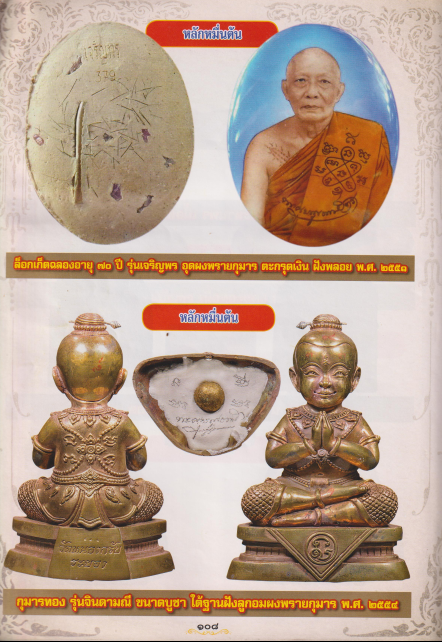
The veneration of Luang Por Sakorn’s sacred creations has grown exponentially since his passing in 2014. It is not uncommon for entire batches of newly released editions to sell out within hours. Demand is particularly high among collectors in Thailand’s urban centers, as well as in international circles, notably in Malaysia and Singapore. First-edition Khun Phaen amulets have sold for over a hundred thousand baht in some instances, while rare medallions like the Baramee 53 gold coin have achieved auction prices well beyond their initial offering.
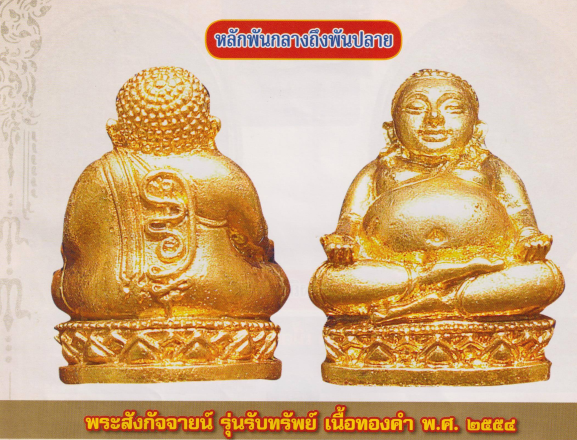
Despite this commercialization, the spiritual intent behind each object remains clear. Each amulet was crafted, consecrated, and released not as a commodity but as a sacred extension of Luang Por Sakorn’s enduring compassion, discipline, and spiritual authority. His legacy continues through those who revere his teachings, those who seek his protection, and those who wear or enshrine his sacred works.
Conclusion
Luang Por Sakorn’s amulets represent far more than collectible artifacts; they are embodiments of esoteric knowledge, ritual mastery, and compassionate intent. Each object encapsulates the ethos of Thai Buddhist magical practice—a blending of animist reverence, scriptural fidelity, and meditative empowerment. As such, they remain not only as powerful tools of spiritual protection but as lasting testaments to the life and legacy of one of Thailand’s most respected modern monastics. Whether admired for their craftsmanship, venerated for their mystical potency, or studied for their role in cultural anthropology, the amulets of Luang Por Sakorn will continue to inspire and guide future generations of practitioners and scholars alike.

In recent years, devotion to Luang Por Sakorn’s creations has soared, entire batches are swept away in moments, collectors from Bangkok to Malaysia and Singapore vie for a chance to own one, early editions of the thirty’s BE sell for tens of thousands, later models climb in value by the day, Baramee 53 gold coins and seventy-third birthday medallions demand a premium, each object a repository of sacred lineage, ritual power, and the undying presence of a master whose voice endures beyond time
Every amulet he consecrated bore his living touch, each blend of sacred material and script a testament to his lifelong devotion, now immortalized in metal, powder, and cloth, awaiting those who believe, who seek, who carry his legacy in the silent language of faith.
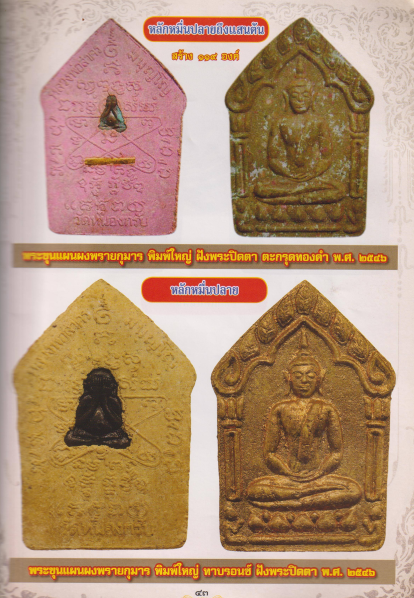
Biography of Luang Por Sakorn
1. Early Life and Family Background
Luang Por Sakorn Manunyo—born Sakorn Paisalee—emerged from humble agrarian roots. He was born on Tuesday, the 9th waning moon of the 3rd lunar month, corresponding to February 3, 1938, into a farming family in Ban Thai Thung, Moo 2, Nong Grub Subdistrict, Ban Khai District, Rayong Province. His parents, Mr. Gu and Mrs. Nid Paisalee, raised two children: an elder sister and Sakorn himself. Educationally, he completed primary school (Grade 4) at Wat Nong Grub before assisting with farm labor. Even in childhood, he displayed a marked inclination towards esoteric arts and herbal medicine, traveling to nearby villages—including Wat Laharn Rai—to study with local masters such as Yoi Lhor and Yoi Tat, both known for working closely with the legendary Luang Pu Tim of Wat Laharn Rai.
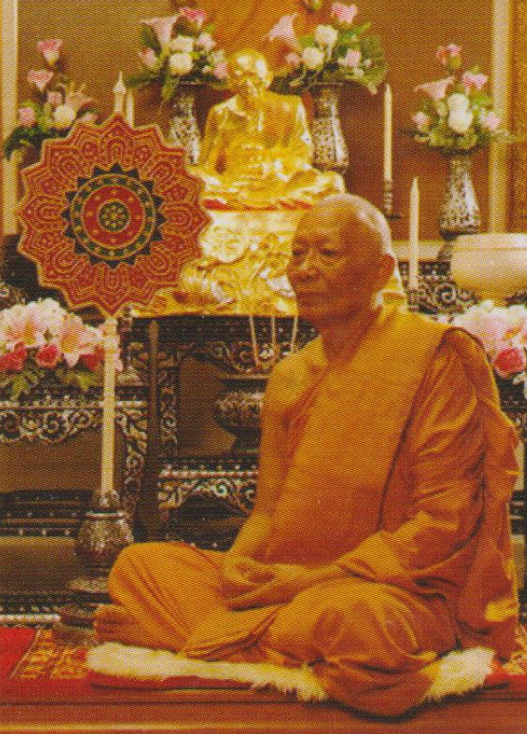
2. Ordination and Relationship with Luang Pu Tim
At age 20, on June 4, 1958, Sakorn was ordained as a Buddhist monk at Wat Nong Grub, receiving the Dharma name “Manunyo” under the precept Master Phra Kru Chantaro Thay and Assistant Master Phra Athikana Khiang. He was promptly sent for retreat at Wat Laharn Rai, aligning himself closely with Luang Pu Tim Isarigo, a master renowned for creating “Khun Phaen Pong Prai Kumarn.” Over time, Sakorn earned the special status of principal disciple, receiving full transmission of Luang Pu Tim’s magical formulas and techniques without reservation. Luang Pu Tim reportedly predicted that Sakorn would carry on his legacy after his passing .
3. Esoteric Training and Mastery
Sakorn pursued intensive study under Luang Pu Tim, initially through daily practice: writing protective yantra texts, memorizing incantations, and engaging in extended retreats. He later advanced to study with other prominent masters, including:
- Luang Pho Peng Sasano of Wat Laharn Yai
- Luang Pu Hin of Wat Nongsanom
- Luang Pu Som of Wat Baan Chong (Chonburi)
- Luang Pu Sukh (Pa Khlong Makham Thao) for invincibility yantras
Following this, Sakorn also studied with masters such as Luang Pho Khun (Ban Rai), Luang Pho Akom (Phetchabun), Luang Pho Buem (Prasat Kin), plus pilgrimage studies with Burmese and Cambodian adepts .
His rigorous years of study and discipline solidified his mastery in katha (mantras), yantra drawing, herbal concoction creation, relic powder fabrication, sacred metal casting, and ritual consecration.
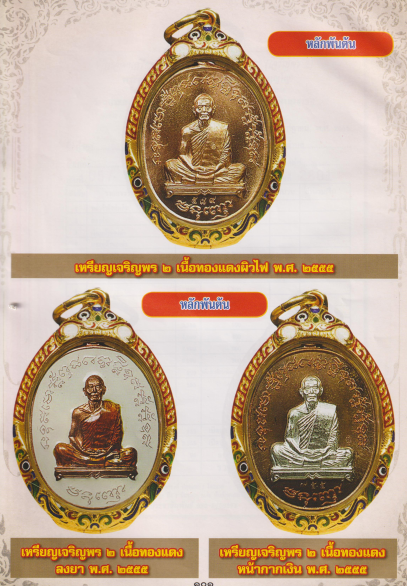
4. Personal Qualities and Spiritual Reputation
Contemporary accounts describe Sakorn as serious, reserved, and intensely dedicated. He prioritized the ethical and ritual integrity of his practices and maintained laconic responses about miracles. He often expressed that true spiritual power must be recognized through focused practice, not empty displays of miracles. Noteworthy anecdotal accounts include Luang Pu Tim quietly feeding fish by dipping his finger into a pond, afterward attracting a sudden throng of fish—a demonstration of spiritual charisma, subtly supported by Sakorn’s own accounts .
5. Community Leadership and Temple Restoration
In 1965, Sakorn returned to lead Wat Nong Grub as abbot after the death of the previous head priest. He embarked on large-scale restoration efforts to rebuild 200-year-old temple structures that had been destroyed by fire, employing his own skills in woodcarving, bronze sculpting, mural painting, gold leaf application, and lacquer work. In 1981, he was granted the monastic title of Phra Kru Manunyo Dhammawat.

6. Early Amulet Creation
As early as 1965 (B.E. 2508), Sakorn began crafting sacred objects. One of his earliest was a black Pha Larn (palm-leaf powder) votive tablet, created using old Pha Larn powder that was incinerated in a bowl for hardness and later used in a donation ceremony in 1967 (B.E. 2510). The tablet reportedly protected and saved lives . In 1981, he further expanded to create amulets made of Phatthamang (five classes of powder), Itti Je powders, Luang Pu Tim’s relic powder, Luang Pho Peng’s herbs, Phu Mueang’s powder, Phra Khun Si’s Buddhist powders, and various stones and sanctified materials . These early creations laid the foundation for his later famed Khun Phaen masterpieces and sacred coins.
A Comprehensive Re-Analysis
Lineage and Spiritual Heritage
Luang Por Sakorn Manunyo, of Wat Nong Grub, in Rayong Province, represents one of the most significant figures in contemporary Thai Buddhist amulet culture. His position within Thai Buddhist mysticism, is particularly noteworthy ,due to his direct lineage connection to the legendary Luang Pu Tim Issariko, of Wat Laharn Rai. As Looksit Ache (prime apprentice) to Luang Pu Tim, Luang Por Sakorn received the complete transmission of sacred knowledge, that would later define his amulet-making practice.
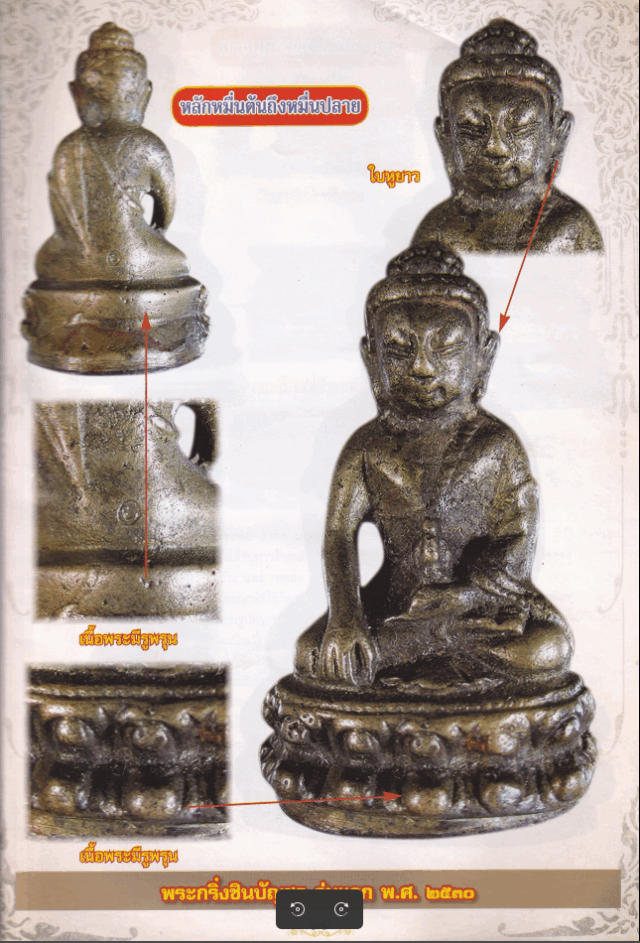
The spiritual journey of Luang Por Sakorn, began under the guidance of Luang Por Pheung of Wat Nong Bua, who provided his foundational training in sacred craftsmanship. However, it was his subsequent intensive study with Luang Pu Tim, that truly refined his abilities. Luang Pu Tim, renowned worldwide for his mastery of Pong Prai Kumarn (sacred necromantic powders), entrusted Luang Por Sakorn with specific formulas, consecration methods, and esoteric incantations, that had previously remained within an exclusive lineage. Furthermore, at Luang Pu Tim’s recommendation, Luang Por Sakorn pursued additional advanced training with Luang Pu Hin, at Wat Nong Sanom, thereby solidifying his foundation in Ruesi traditions, and mystical sciences.
The Phra Khun Phaen Series and Pong Prai Kumarn
The reputation of Luang Por Sakorn, was firmly established with the release of his first Phra Khun Phaen Pong Prai Kumarn amulets, in 2530 BE. These remarkable creations were produced in both small and large molds, utilizing authentic Prai Kumarn powders, directly inherited from Luang Pu Tim. This sacred substance represents one of the most significant aspects of the knowledge transmission between the two masters.
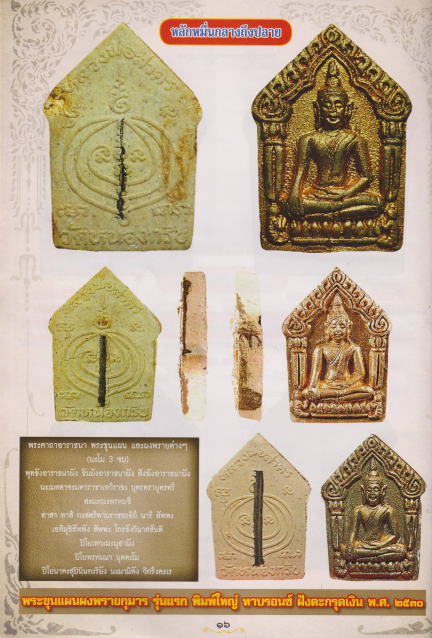
The Pong Prai Kumarn powder used in these amulets was not merely a physical substance but a repository of powerful mystical energy, created through complex ritual processes. Luang Por Sakorn enhanced these powders by infusing them with sacred oils and floral essences, additionally incorporating metal Takrut (inscribed scrolls) made of gold, silver, or copper. The resulting amulets possessed a distinctive rich texture and were believed to contain profound spiritual energy.
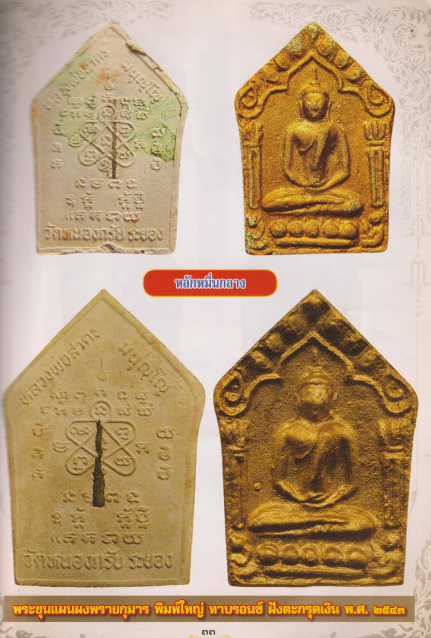
Among his most celebrated creations was the Phra Khun Phaen (Pong Prai Kumarn) – Nong Bua Klee Model, produced between 2543-2544 BE. According to traditional accounts, Luang Por Sakorn performed exceptionally powerful consecration rituals for these amulets, employing ancient incantations of great intensity. The composition included pure “prai kumarn” powder mixed with herbal essence derived from the “Dork Tong” (Golden Flower herb) and other special sacred substances. Notably, the reverse side of these amulets features an image of Mae Nang Bua Klee, a female deity symbolizing irresistible charm and magnetism.
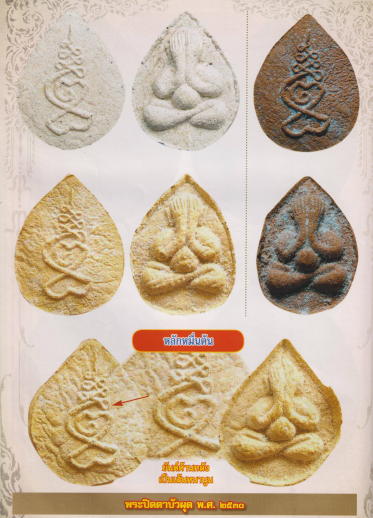
Ritual Mastery and Consecration Techniques
What distinguishes Luang Por Sakorn’s amulets from many others is not merely their physical composition but the profound ritual knowledge applied in their creation. Having received direct transmission from Luang Pu Tim, Luang Por Sakorn was not simply a ritual assistant but a master who had been entrusted with specific formulas and esoteric practices that had, until then, remained within an exclusive lineage.
The consecration processes employed by Luang Por Sakorn involved complex ritual sequences, often requiring extended periods of meditation, chanting, and the invocation of specific deities and powers. These rituals were not performed for show but represented genuine spiritual practices aimed at imbuing the amulets with specific protective and beneficial qualities.
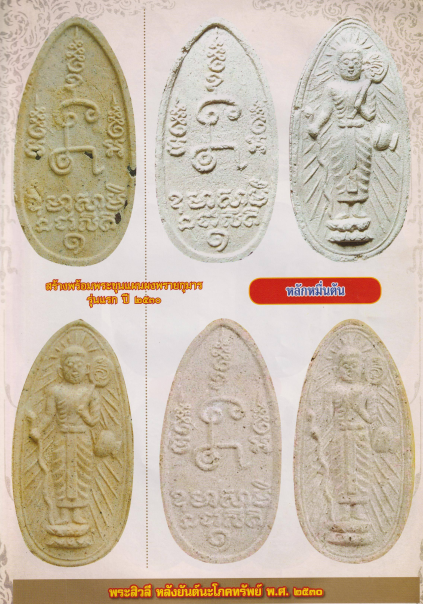
Moreover, Luang Por Sakorn’s approach to amulet creation reflected the traditional Thai Buddhist magical practice—a sophisticated integration of animist reverence, scriptural fidelity, and meditative empowerment. This holistic approach ensured that his amulets were not merely objects of material value but vessels of spiritual potency.
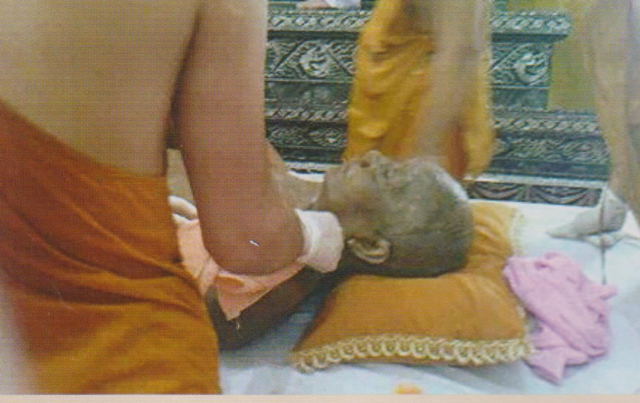
Legacy and Contemporary Significance
Following the passing of Luang Pu Tim, Luang Por Sakorn emerged as perhaps the most prominent carrier of his teacher’s sacred knowledge. Among Luang Pu Tim’s direct lineage apprentices—including other notable figures such as Luang Phu Sin of Wat Laharn Yai, Luang Por Rat of Wat Pha Hwaay, and Pra Ajarn Somkid of Wat Beung Tata—Luang Por Sakorn is often considered the most significant successor.
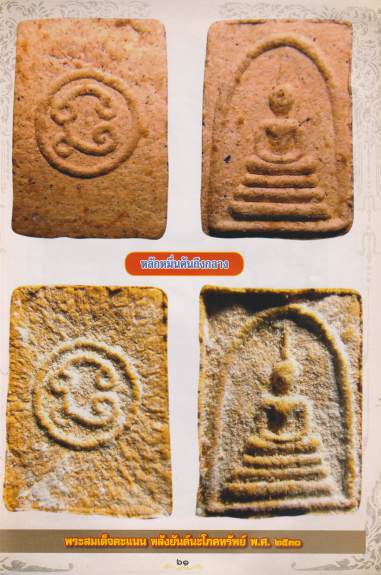
The amulets created by Luang Por Sakorn have now become extraordinarily rare and highly valued in collector circles. Their increasing scarcity following his passing has only enhanced their status among devotees and collectors alike. These sacred objects are not merely appreciated for their aesthetic qualities or historical significance but are actively sought for their perceived spiritual benefits and protective powers.
Furthermore, the amulets of Luang Por Sakorn represent an important cultural bridge, connecting contemporary practitioners with ancient traditions of Thai Buddhist mysticism. They embody a living tradition of spiritual practice that continues to influence and inspire devotees throughout Thailand and beyond.

Spiritual Significance Beyond Material Value
The amulets of Luang Por Sakorn transcend their status as collectible artifacts; they represent embodiments of esoteric knowledge, ritual mastery, and compassionate intent. Each object encapsulates the essence of Thai Buddhist magical practice and serves as a tangible connection to the spiritual lineage from which it emerged.
For devotees, these amulets are not merely protective talismans but objects of profound veneration that facilitate a connection with the spiritual power of Luang Por Sakorn himself. They are believed to carry the accumulated merit and spiritual energy of their creator, offering protection, blessing, and guidance to those who possess them with proper respect and faith.
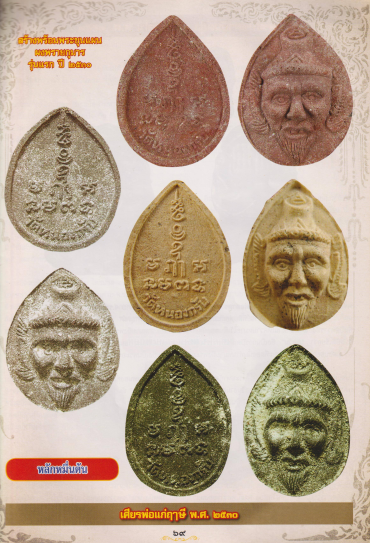
The continued reverence for Luang Por Sakorn’s amulets speaks to their perceived efficacy and the enduring respect for his spiritual authority. His legacy continues through those who venerate his teachings, those who seek his protection, and those who wear or enshrine his sacred works.
The amulets of Luang Por Sakorn of Wat Nong Grub stand as powerful manifestations of Thai Buddhist spiritual practice, representing not only the personal mastery of their creator but also the unbroken lineage of sacred knowledge transmitted from Luang Pu Tim. As objects of both spiritual significance and cultural heritage, they continue to inspire devotion and fascination among practitioners and scholars of Thai Buddhism.
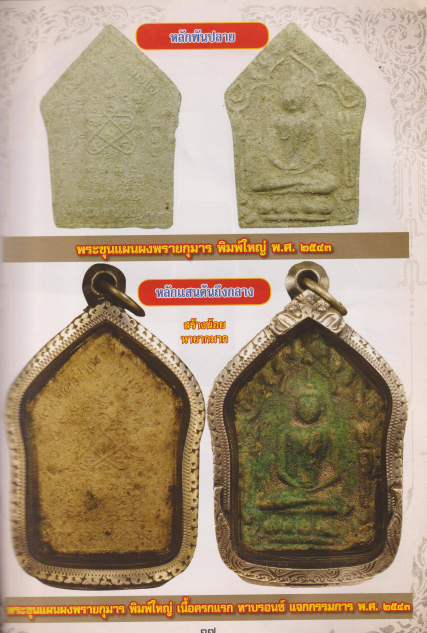
For more information about Thai amulets and Buddha Magic, you can visit Ajarn Spencer Littlewood’s websites: thailandamulet.net, buddhamagic.net, ancientamulet.com, and dharmathai.com.
Ancient Amulet - Thai Buddhist Pra Niyom Category Amulets
Ancient Amulet - Thai Buddhist Pra Niyom ('Pra Niyom'; meaning 'High End Preferred Class Antique amulets') Fine Authentic Amulets from the Great Thai Buddhist Sorcerer Monks, Lersi Ascetics, and Lay Masters of Olden Days
NOTICE!! REGRETFULLY FOR ORDERS UNDER 350$ TO AMERICA, NO FREE SHIPPING - DUE TO MR TRUMPS TARRIFS AND THAILAND POST COSTS TRIPLING!
SIGN IN OR CREATE ACCOUNT
Featured Products

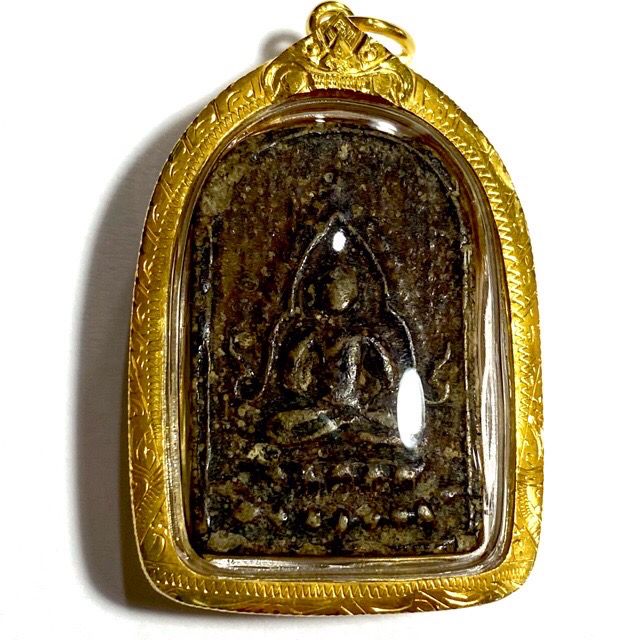

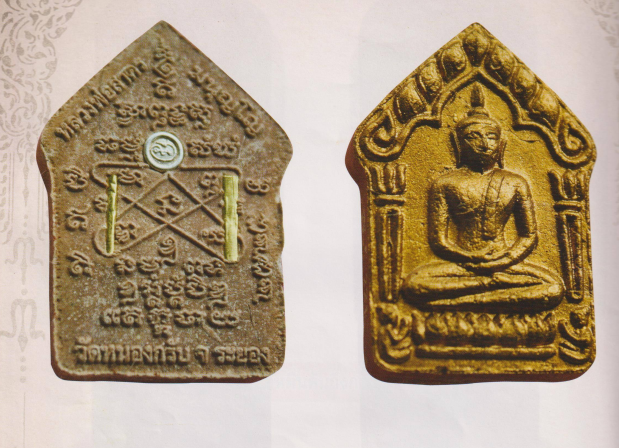
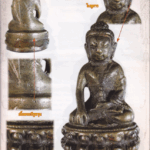
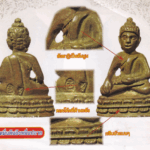
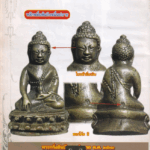
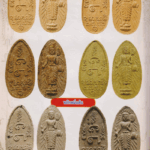
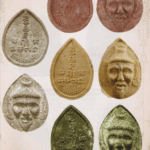
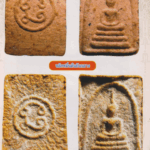
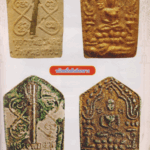
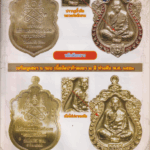
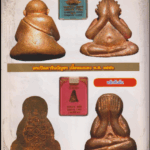
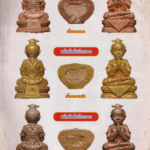
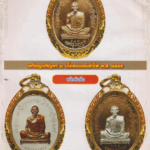
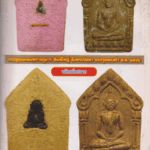
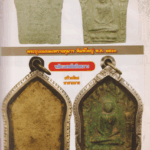
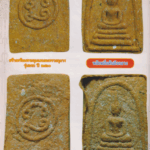
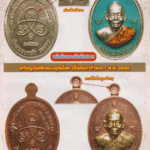
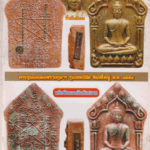
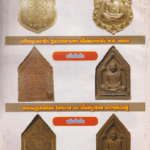
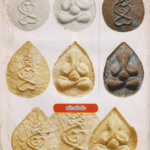
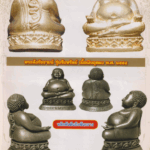
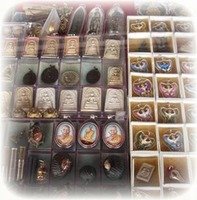
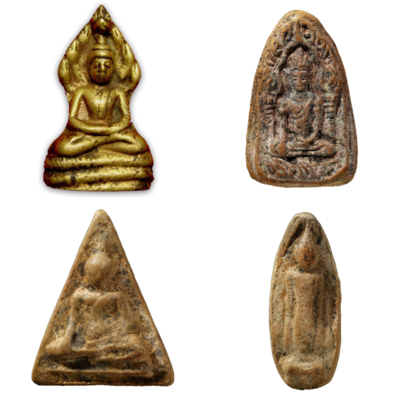
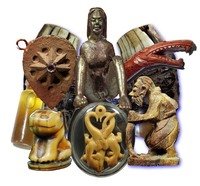

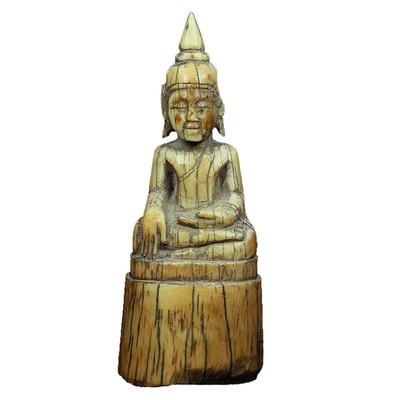

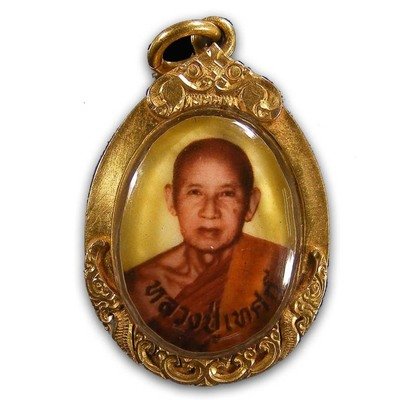


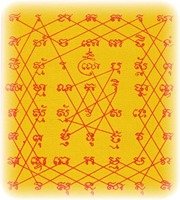
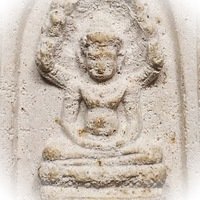
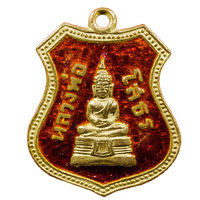

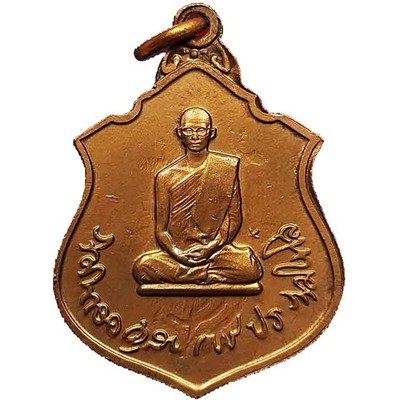
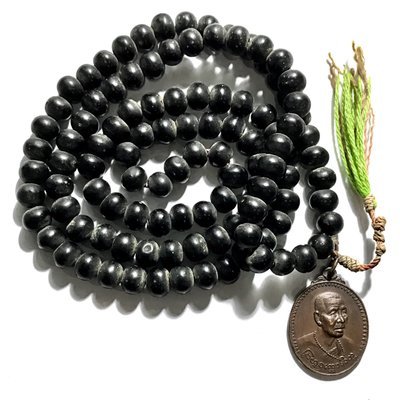
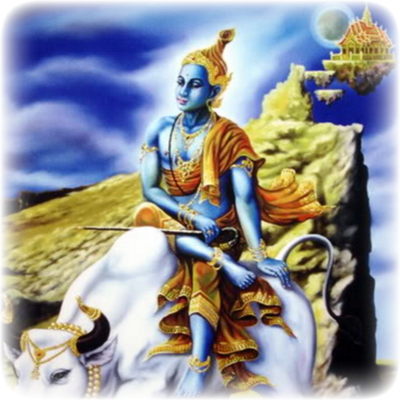
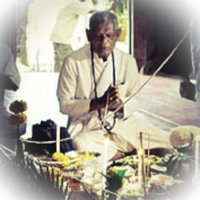
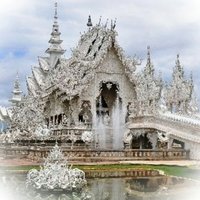
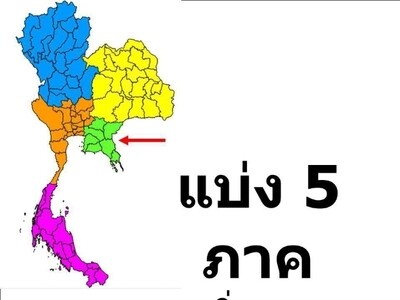

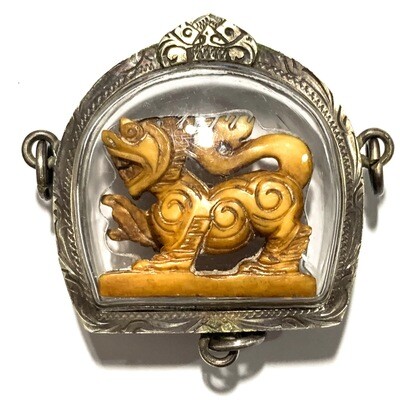
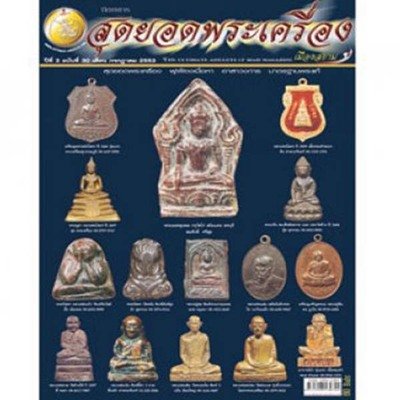
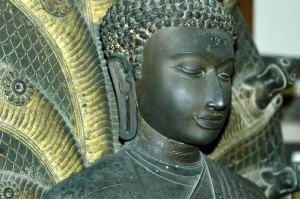
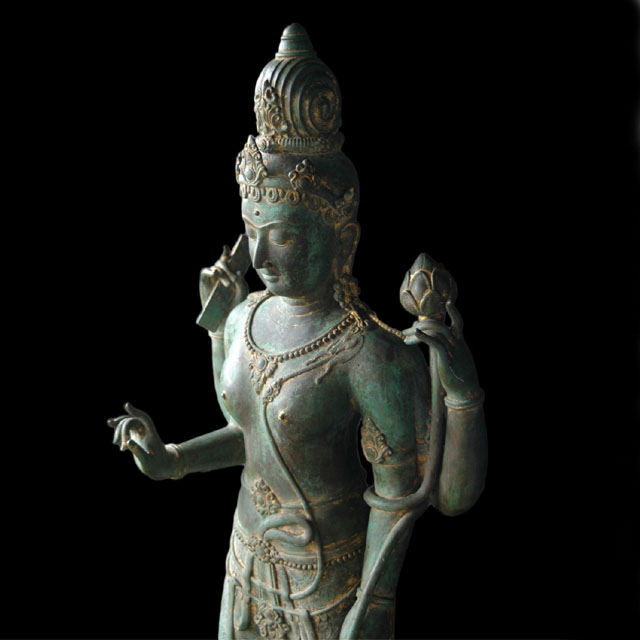
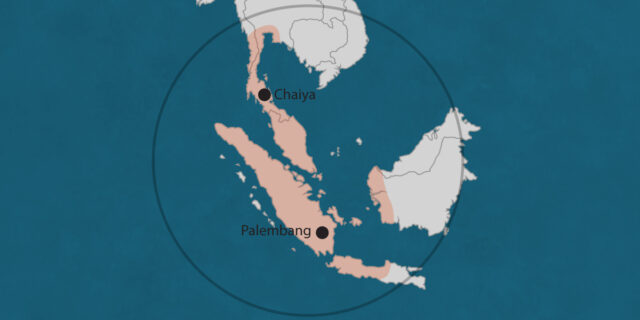
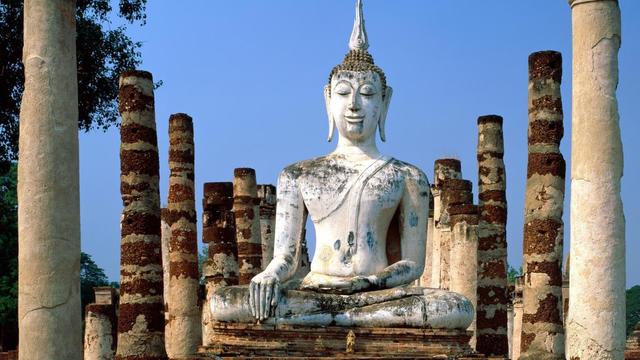
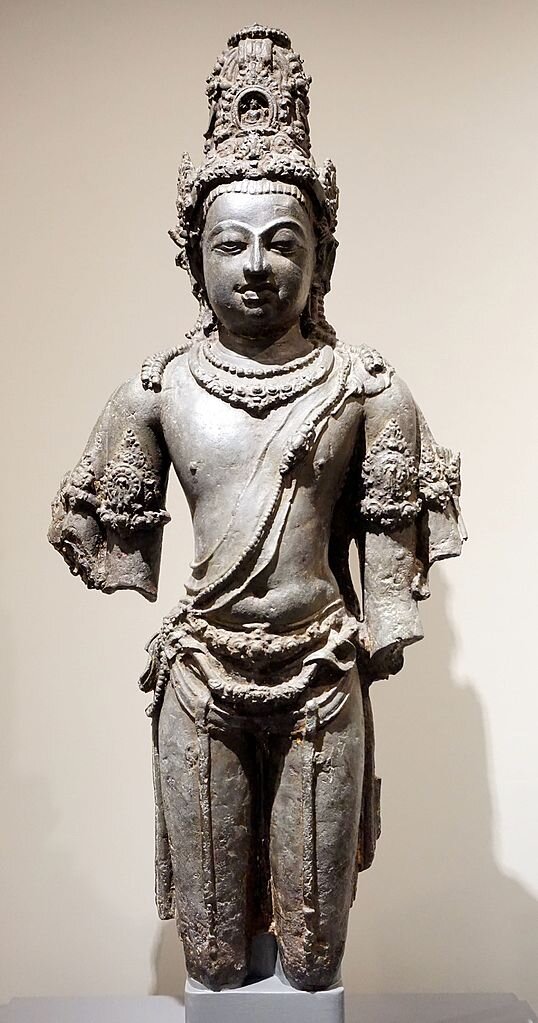

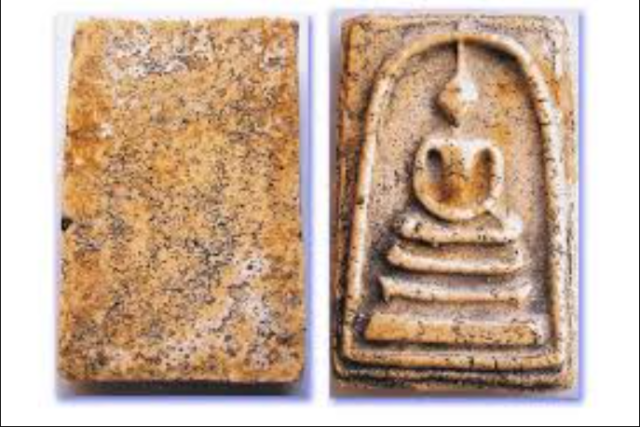
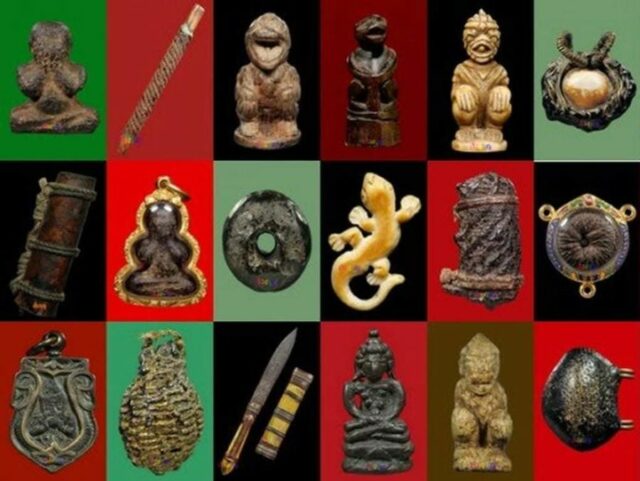
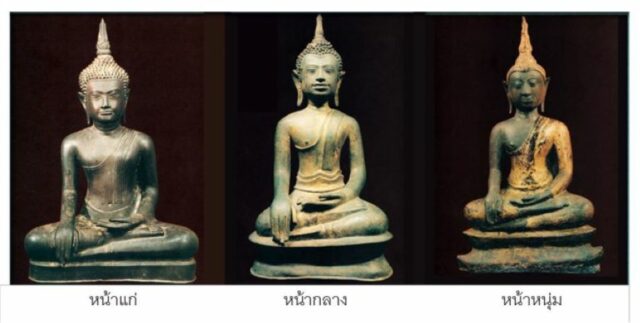
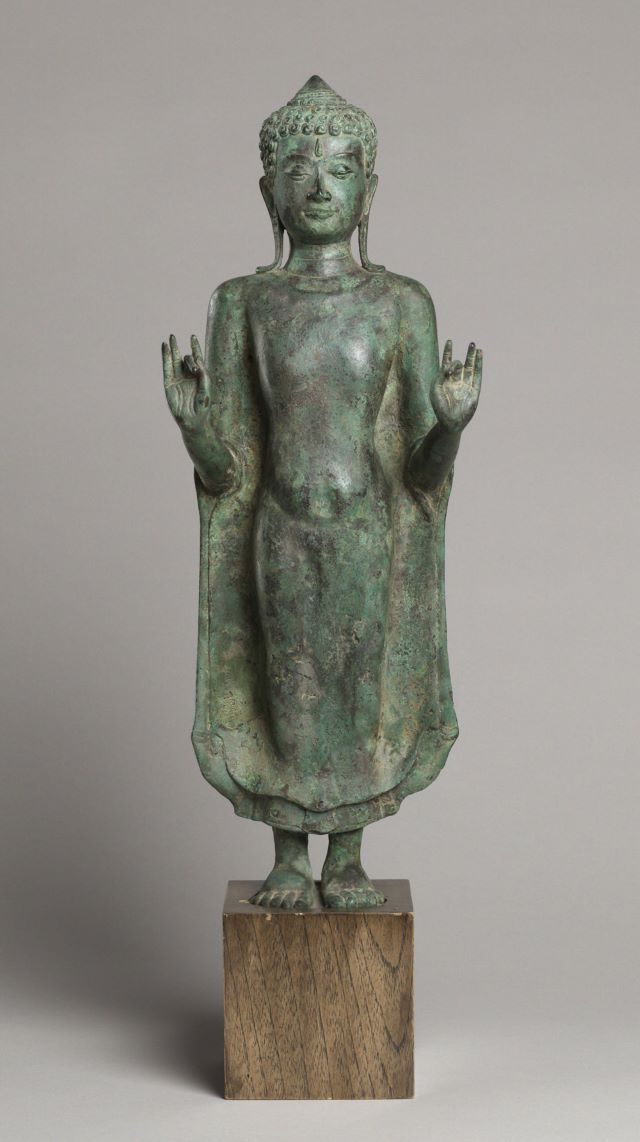
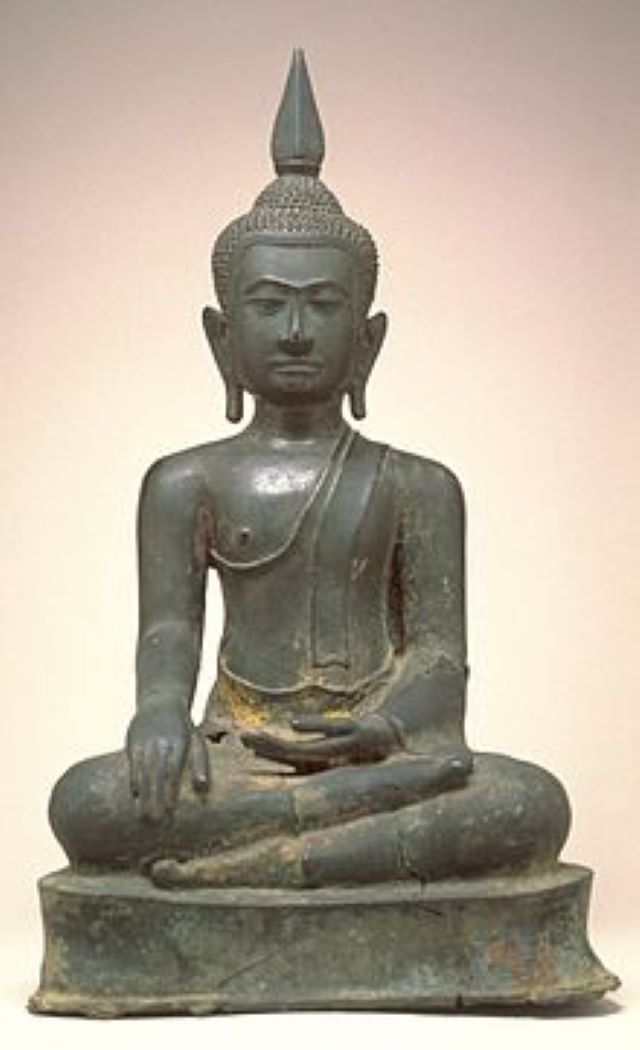
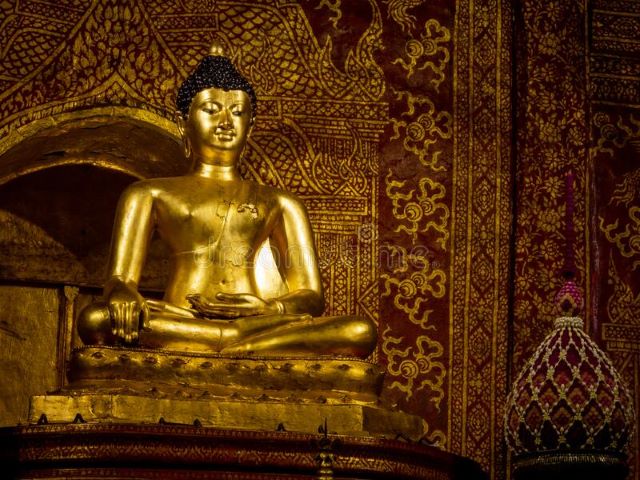
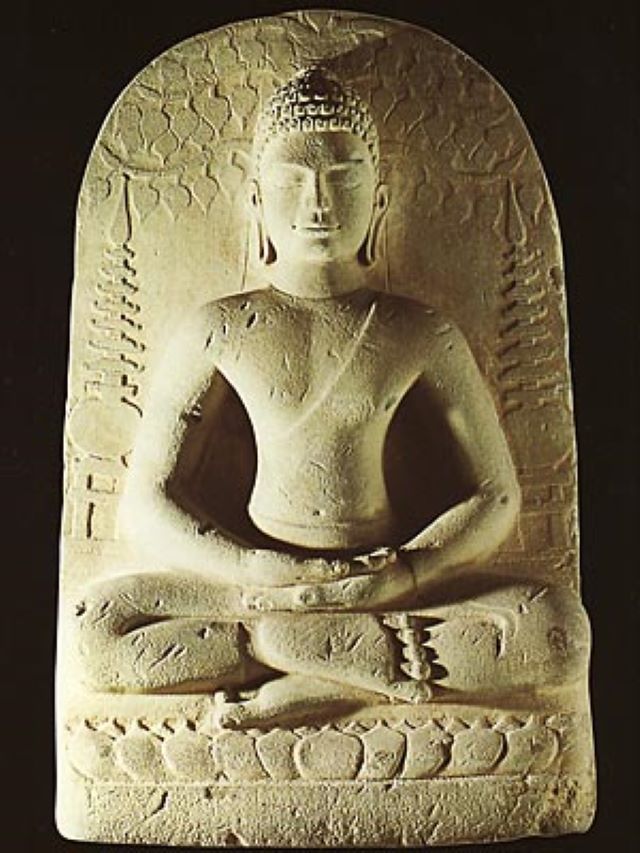
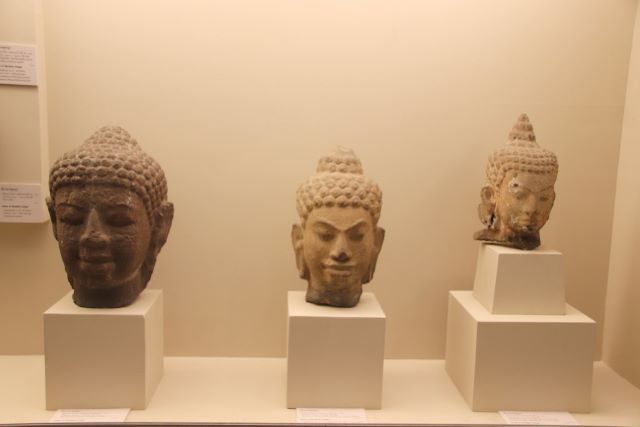
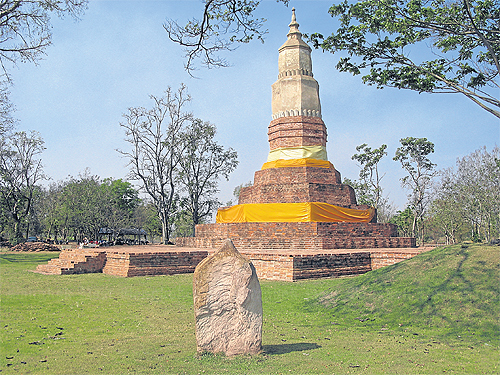

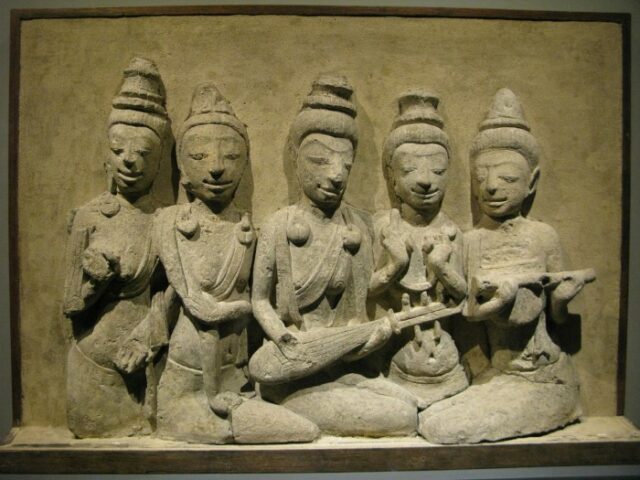
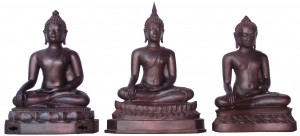
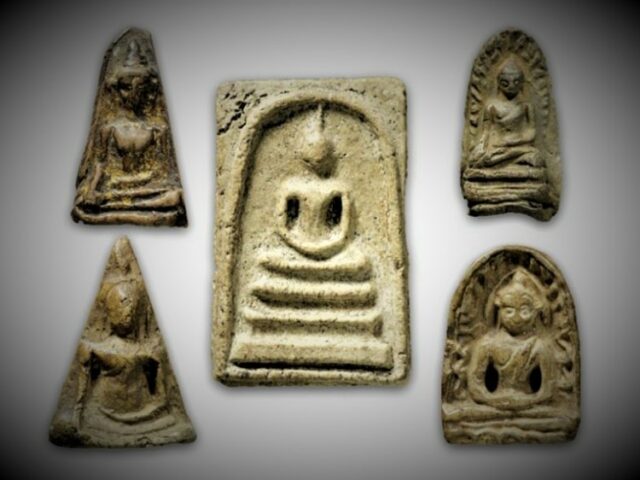
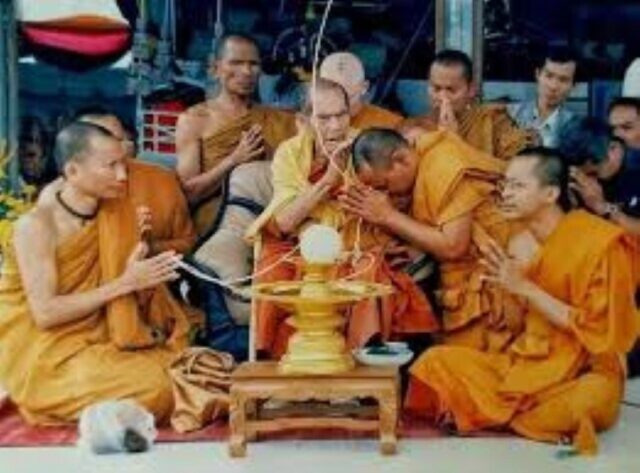
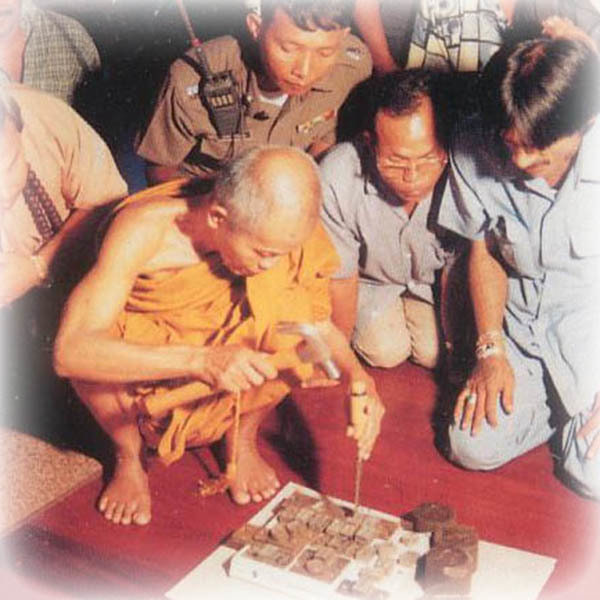
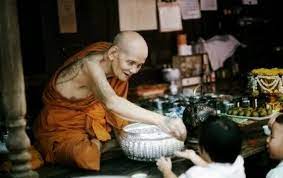
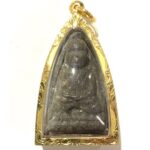
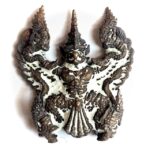
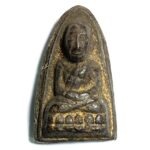
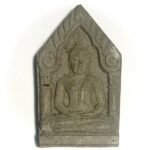
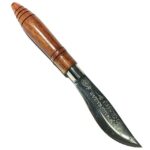
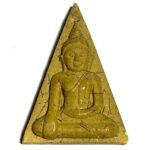
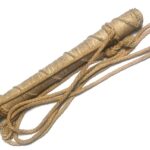
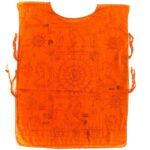
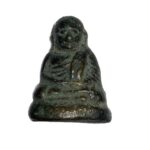
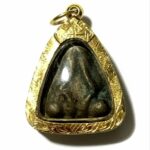
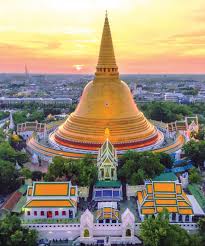
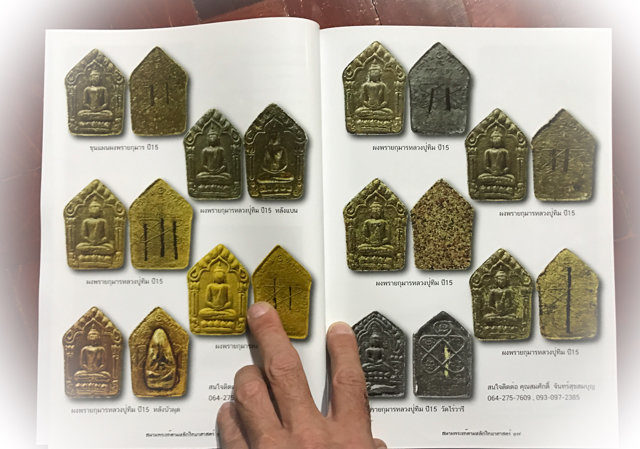
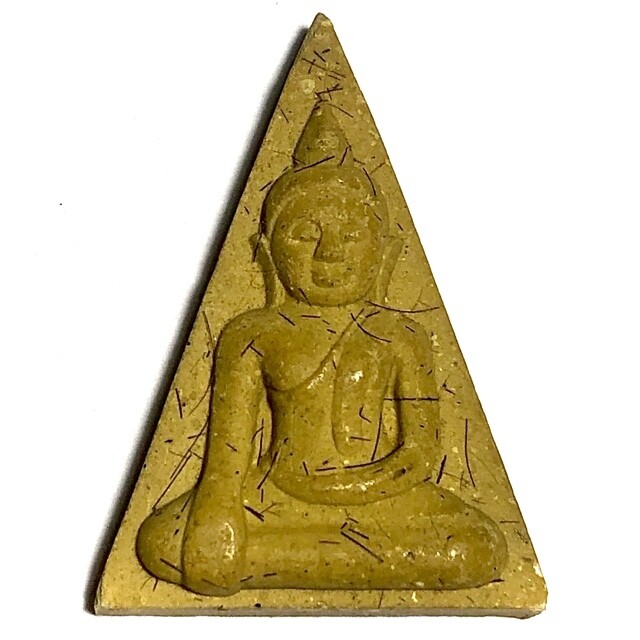
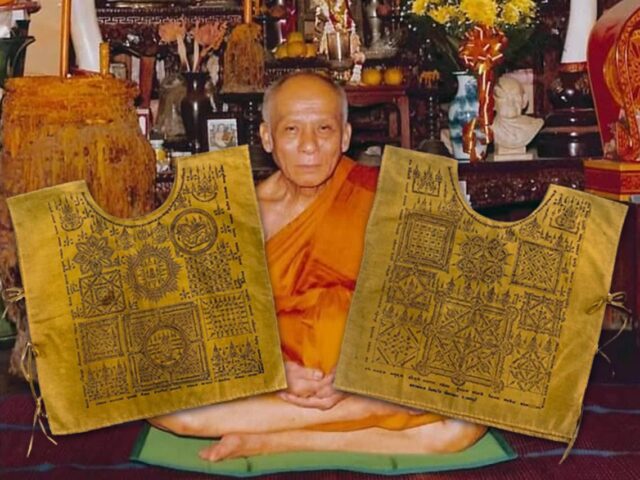
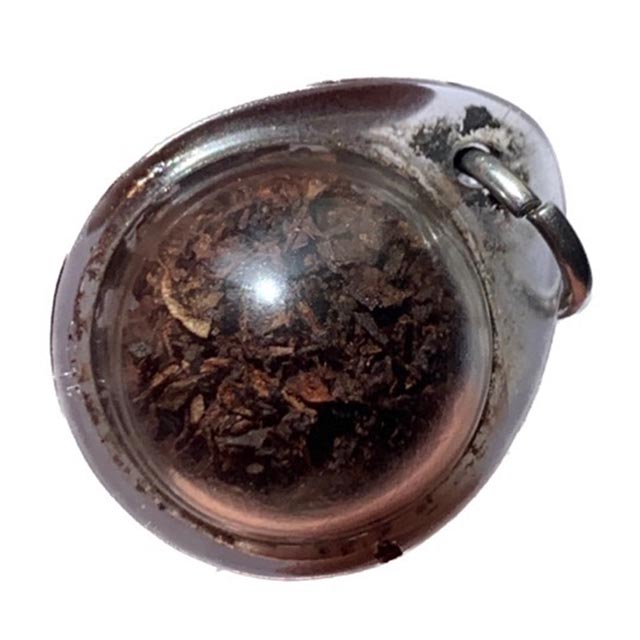
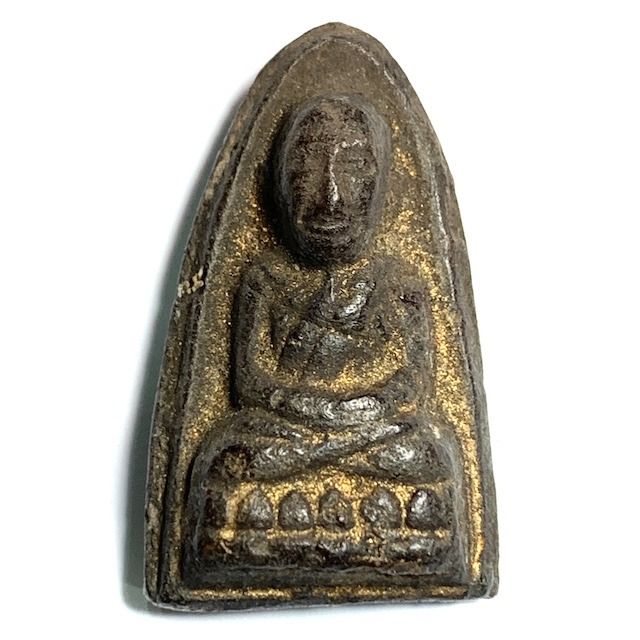
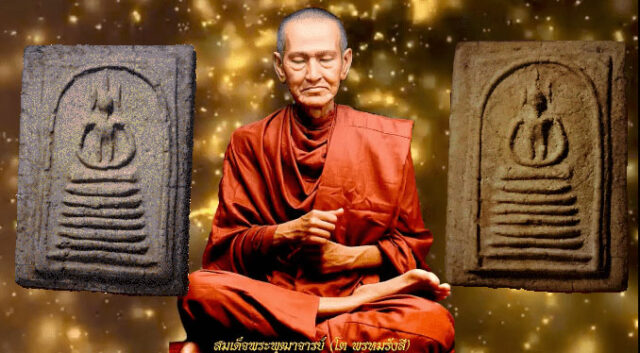
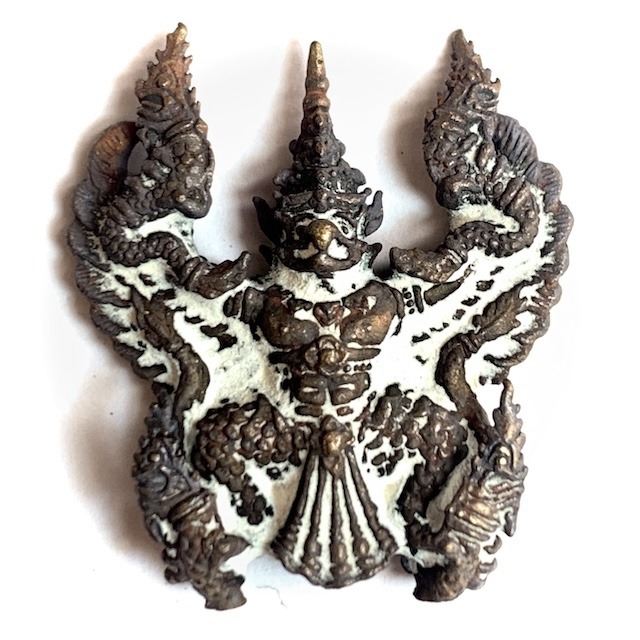
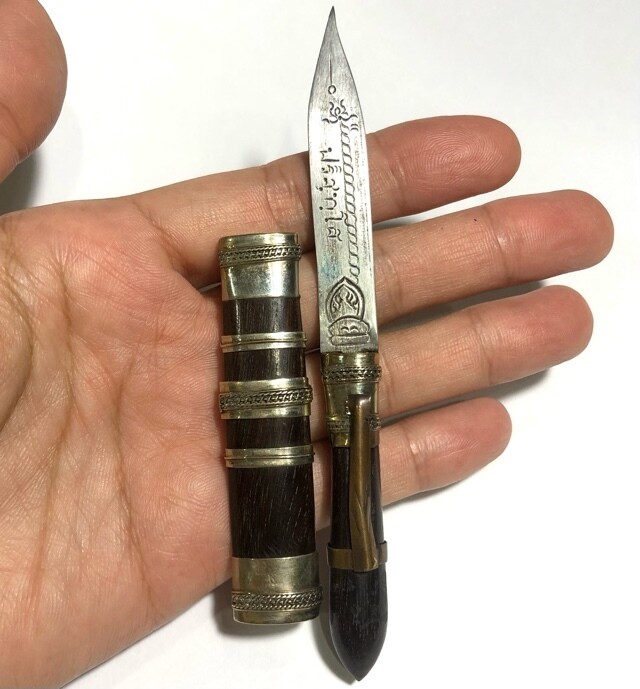
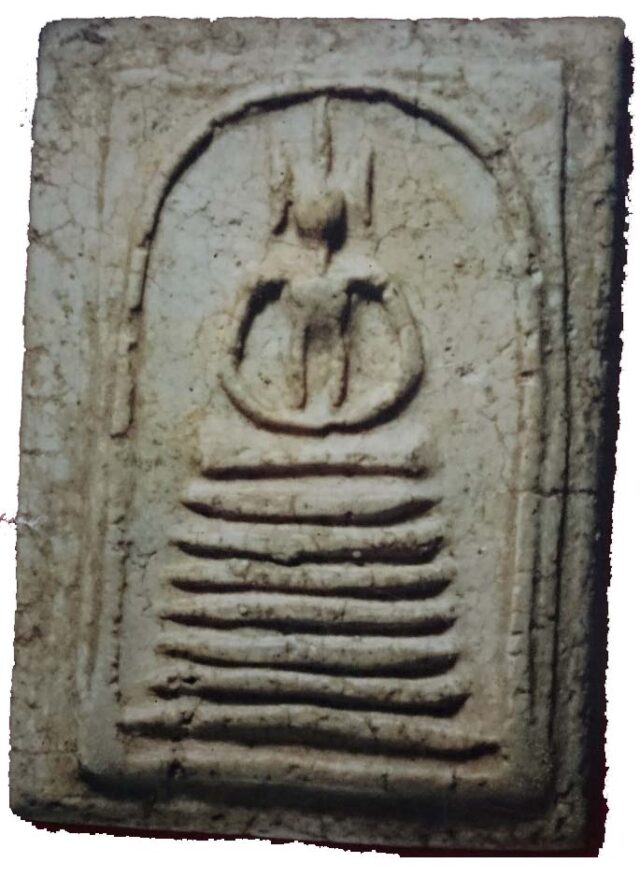
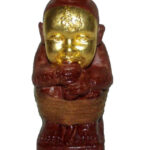
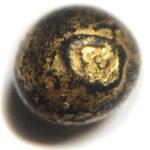
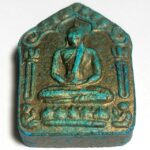
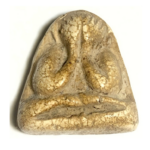
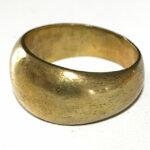
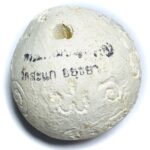
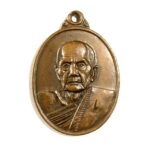
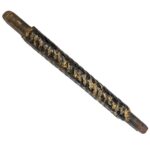
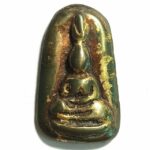
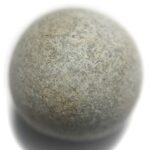
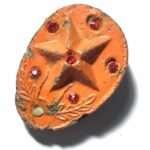
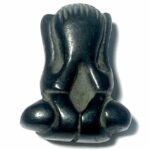
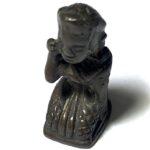
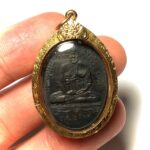
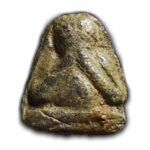
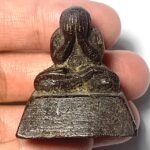
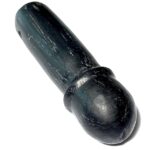
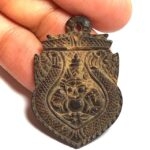
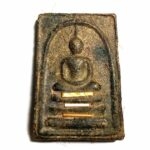
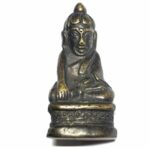
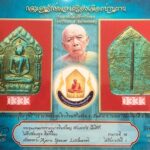
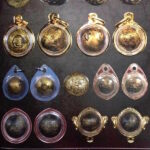
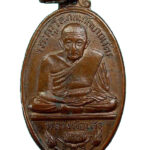
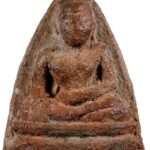
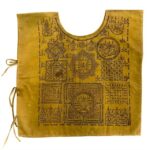
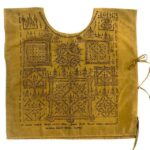
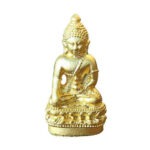
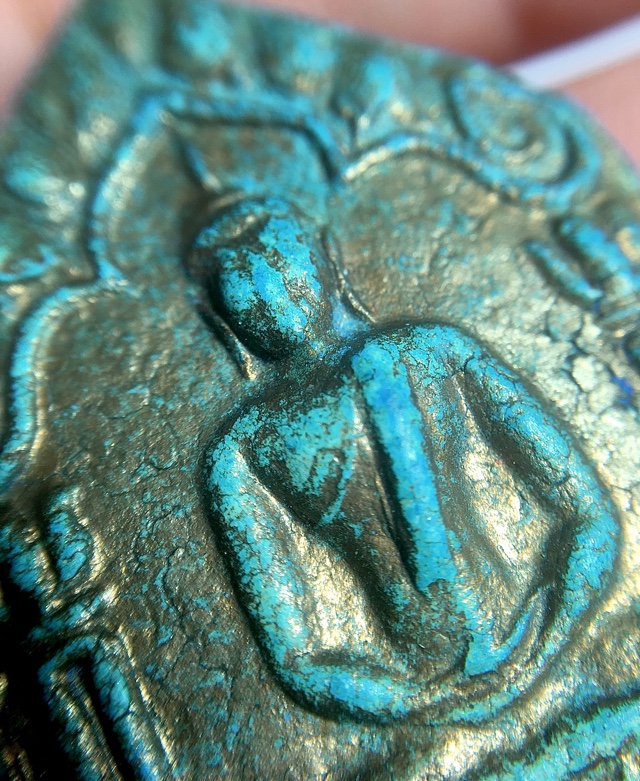
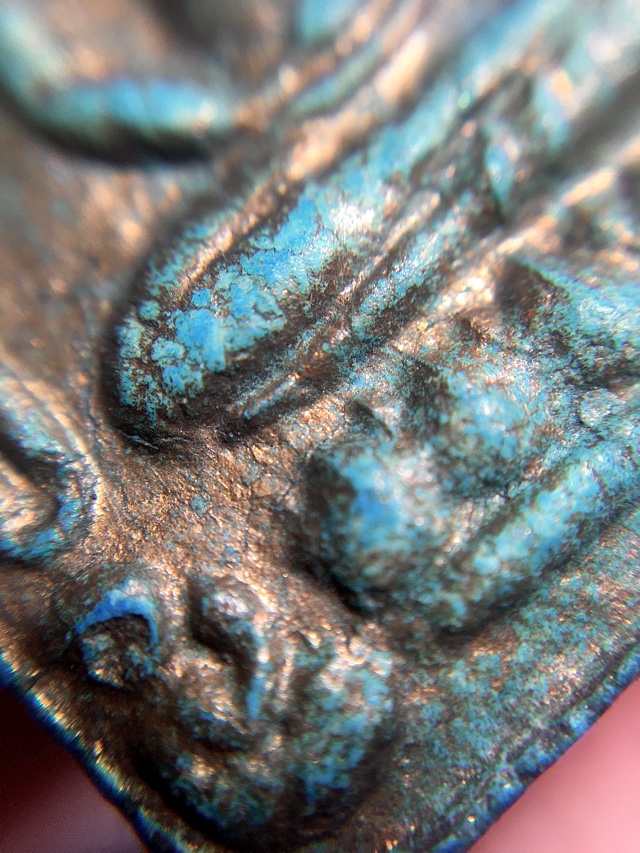
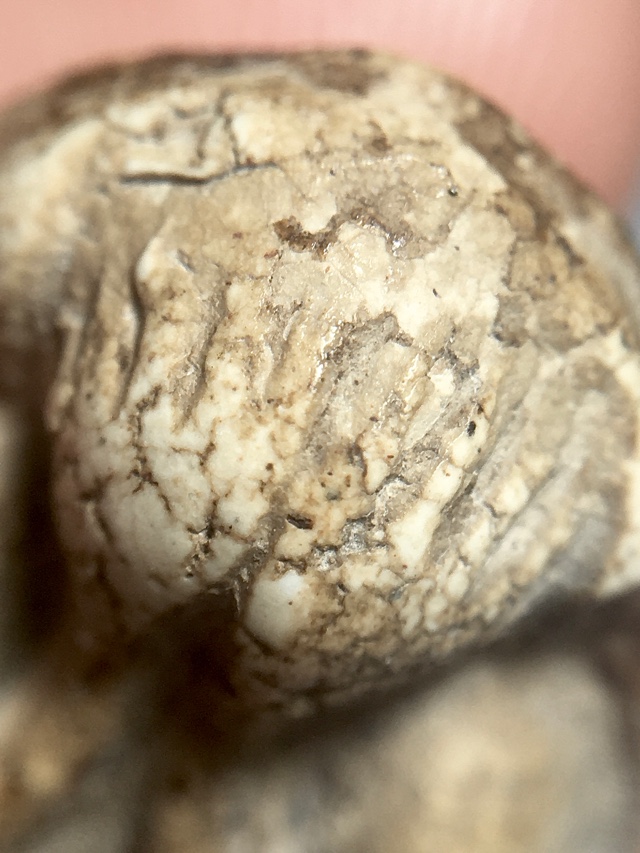
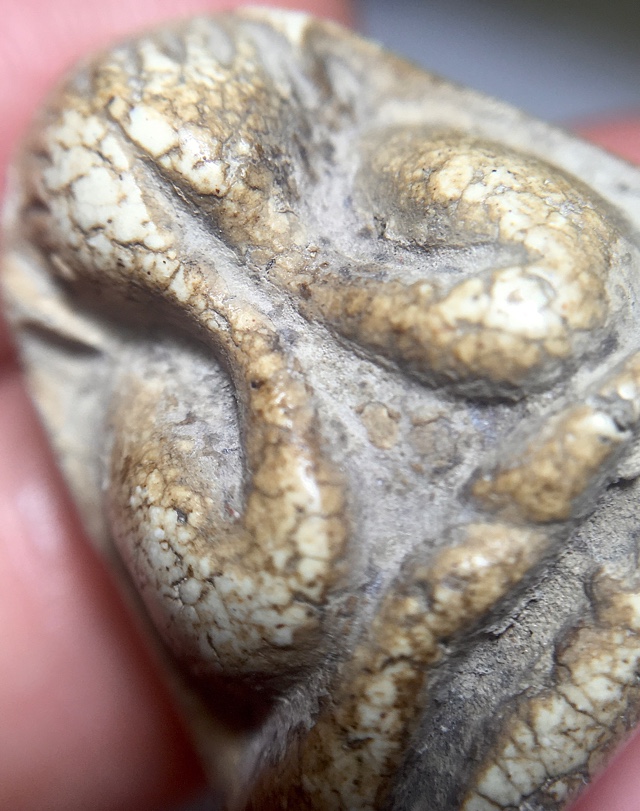
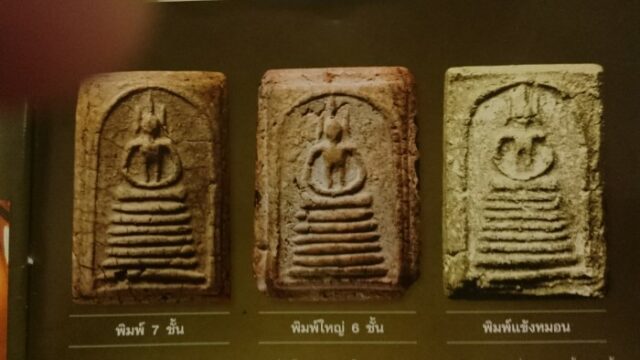
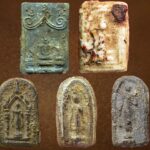
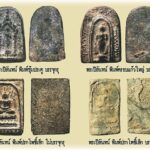
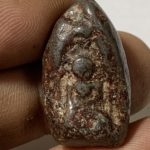
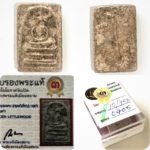

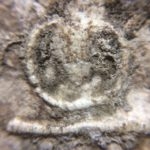
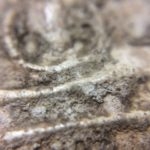
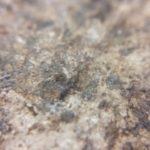
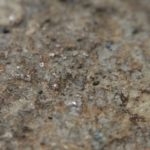
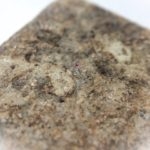
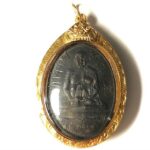
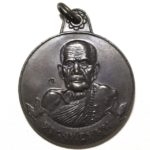

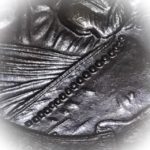
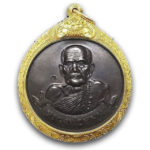
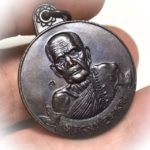
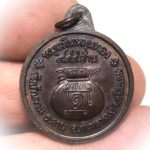



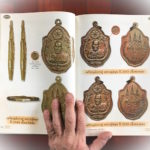
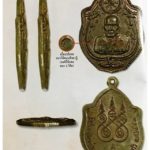
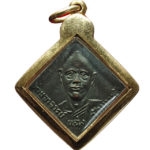
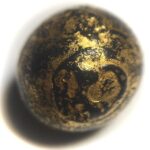
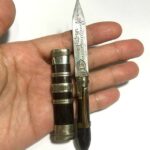
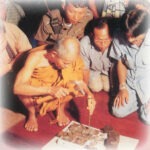
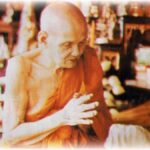
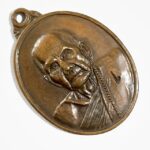
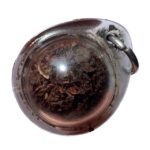
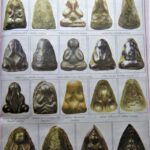

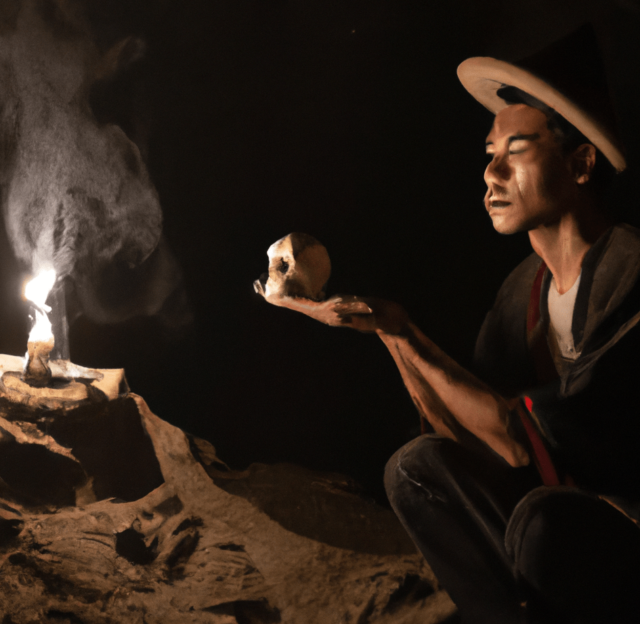
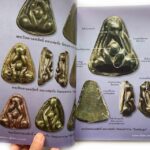
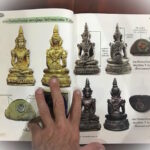
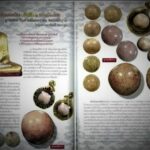
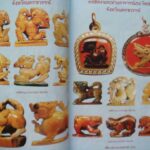
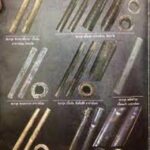
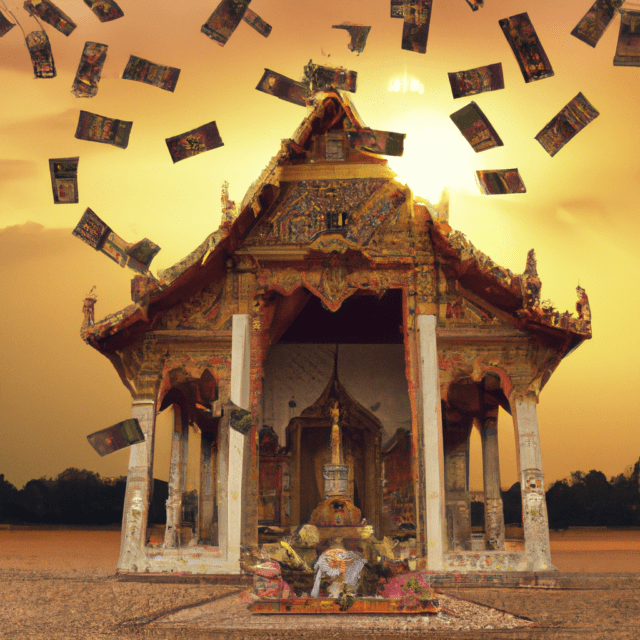
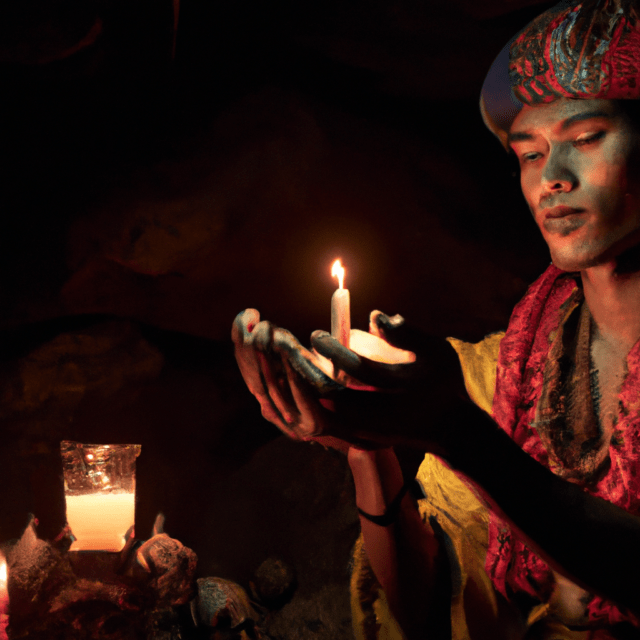
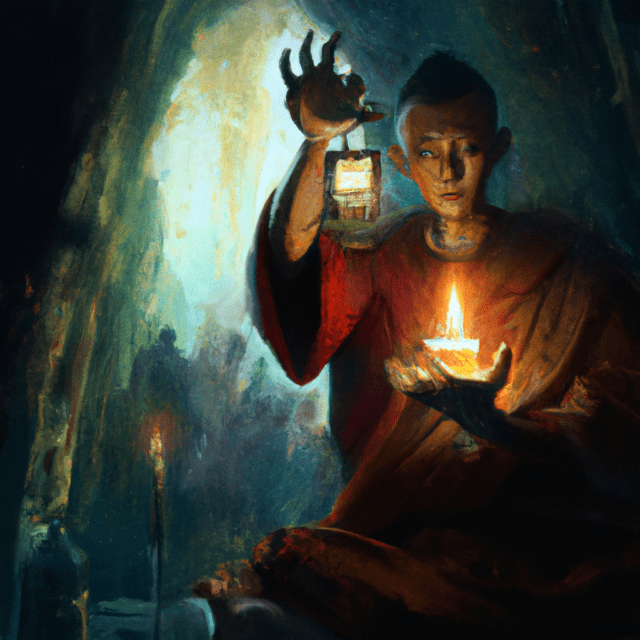
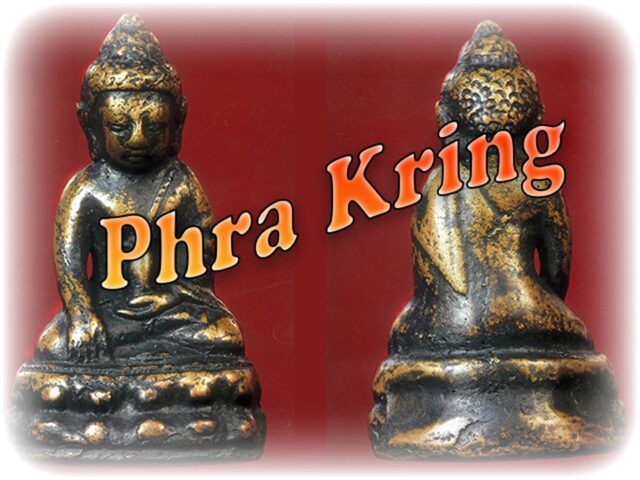
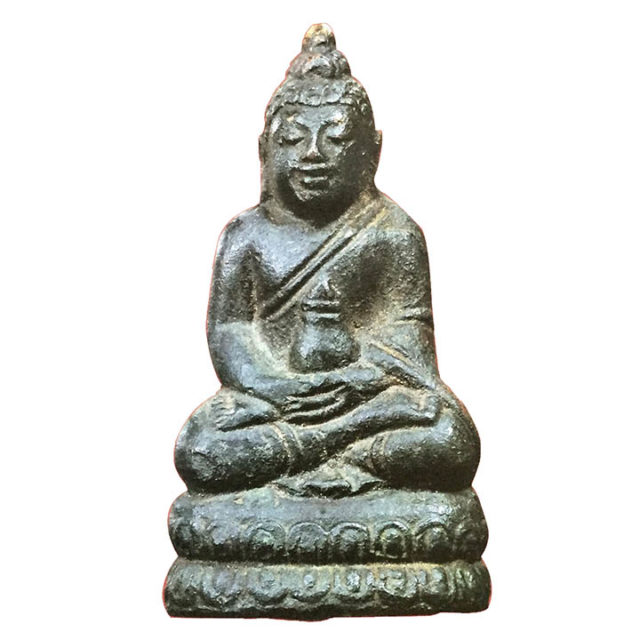
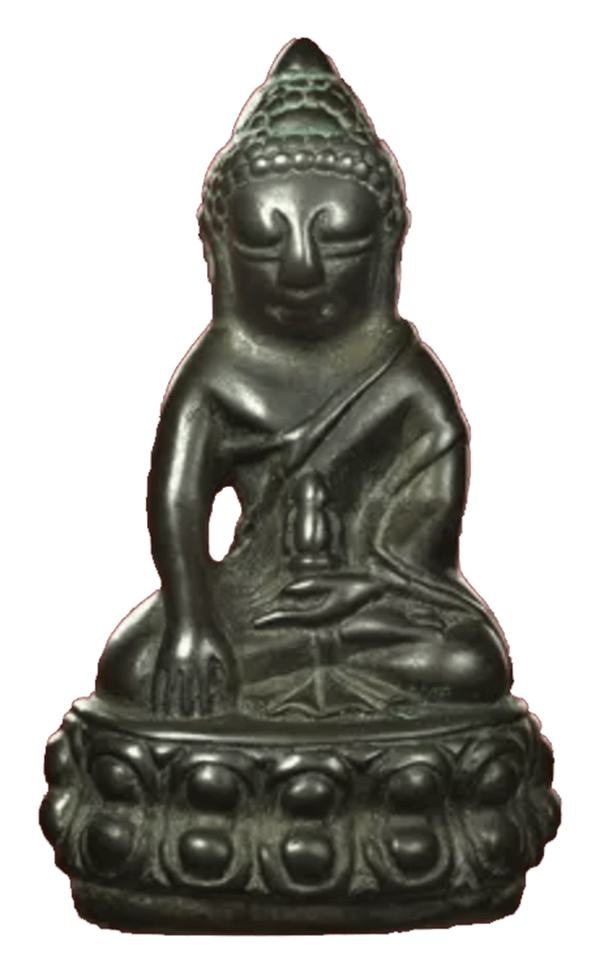
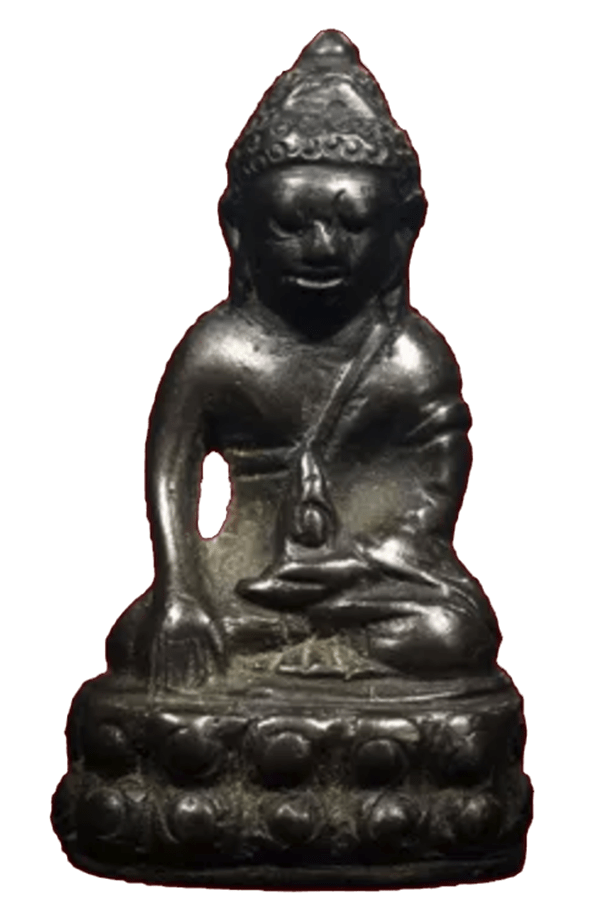
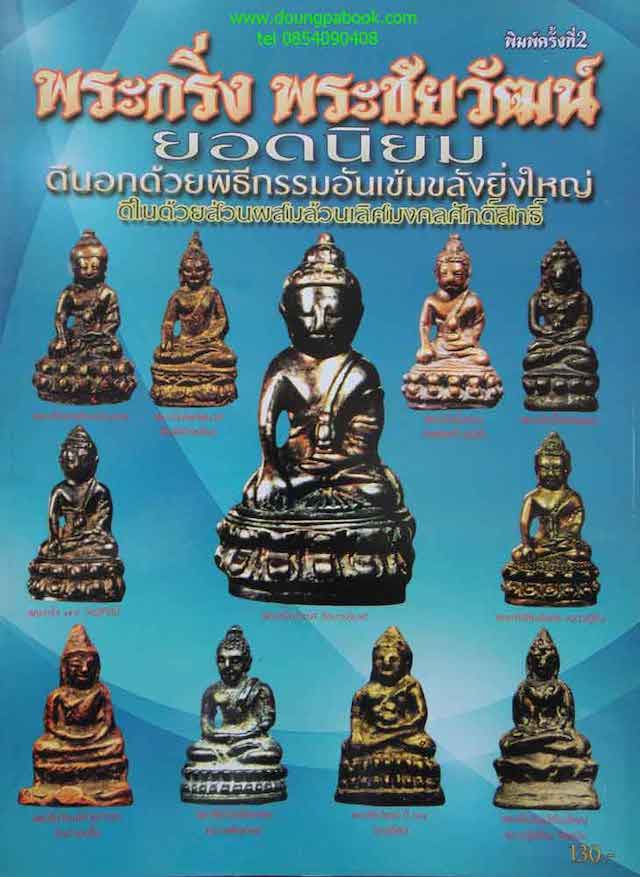
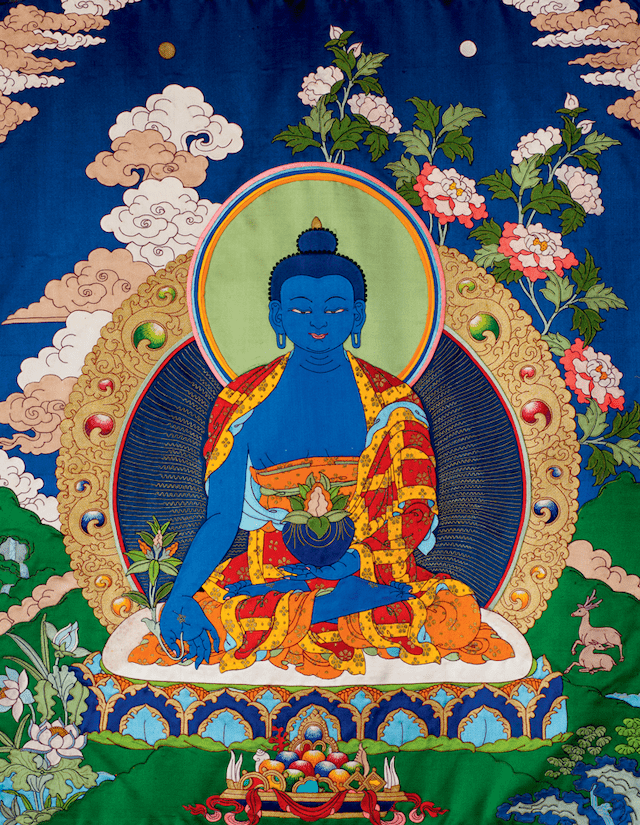
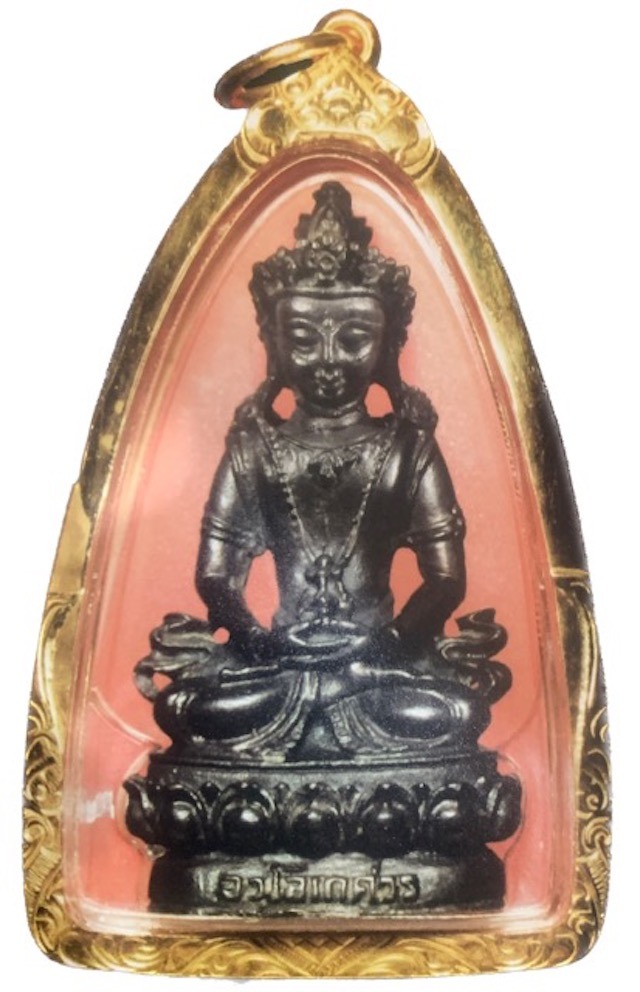
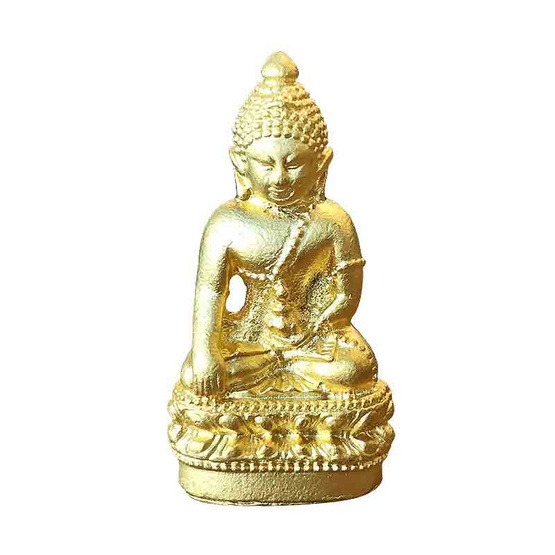
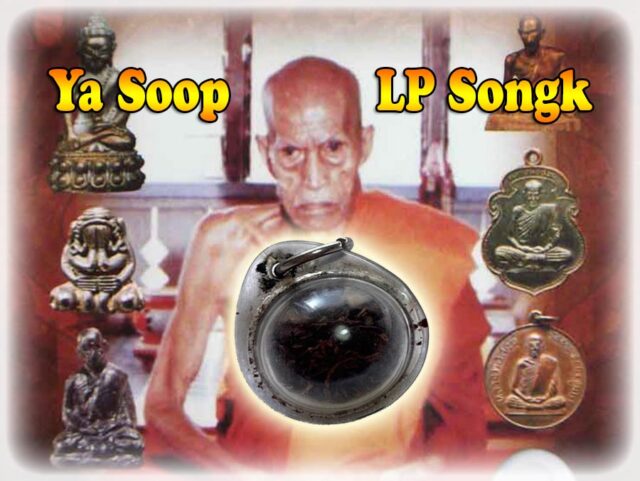
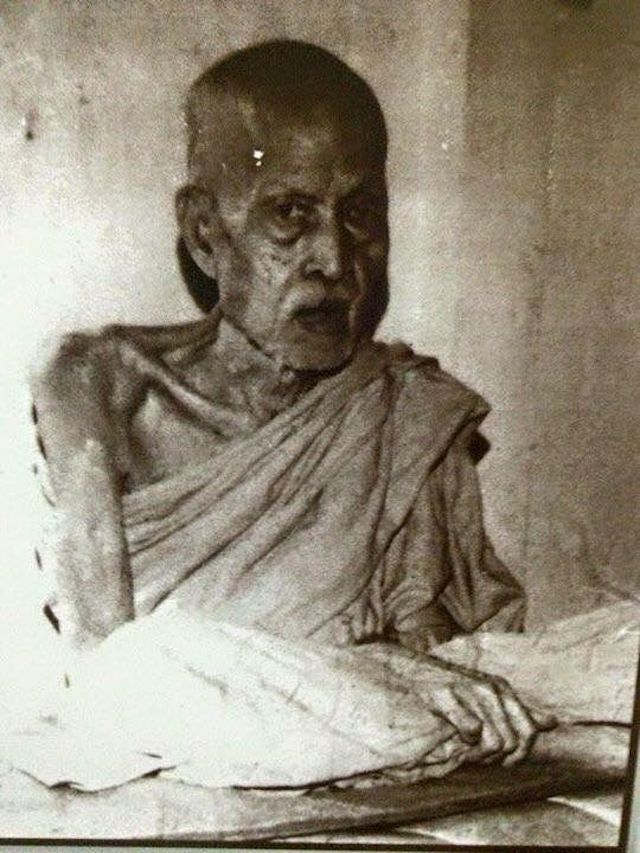
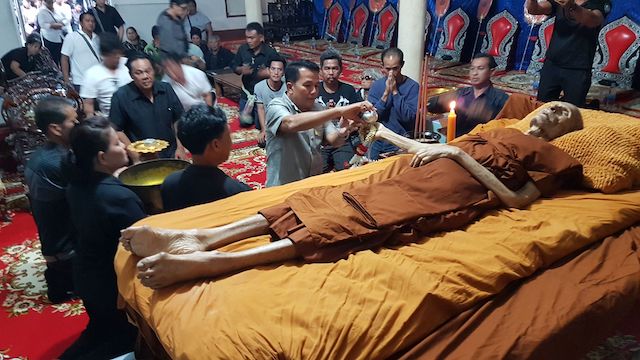
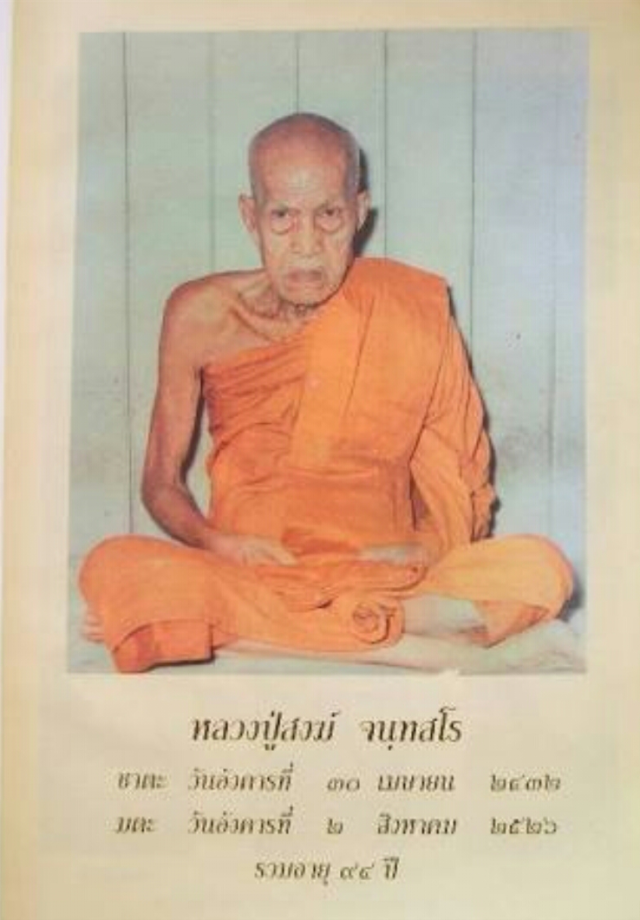
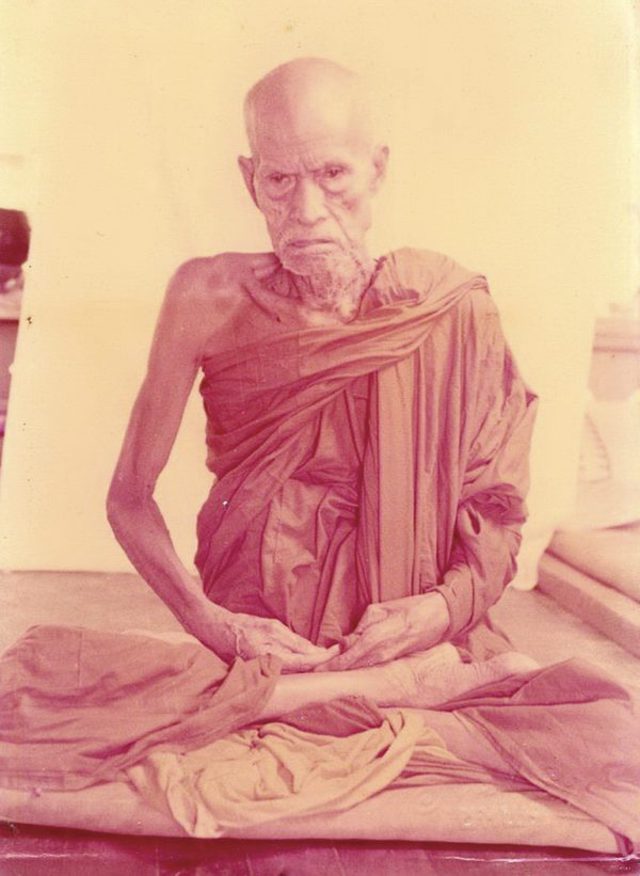
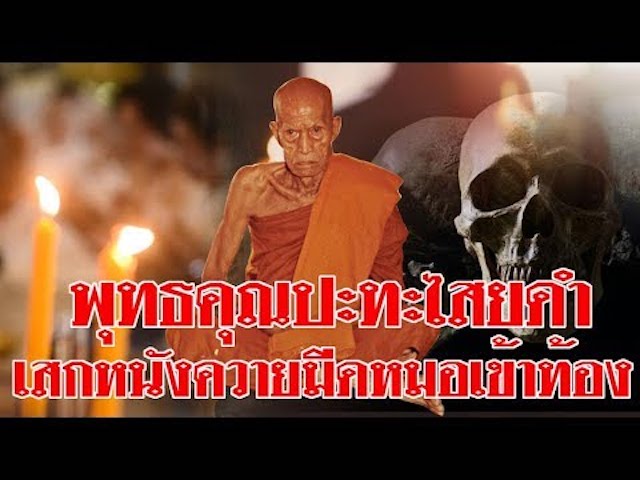
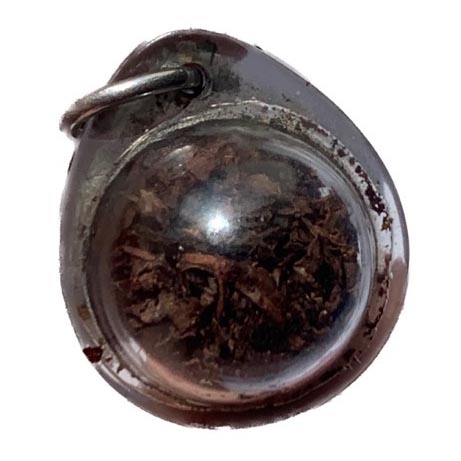
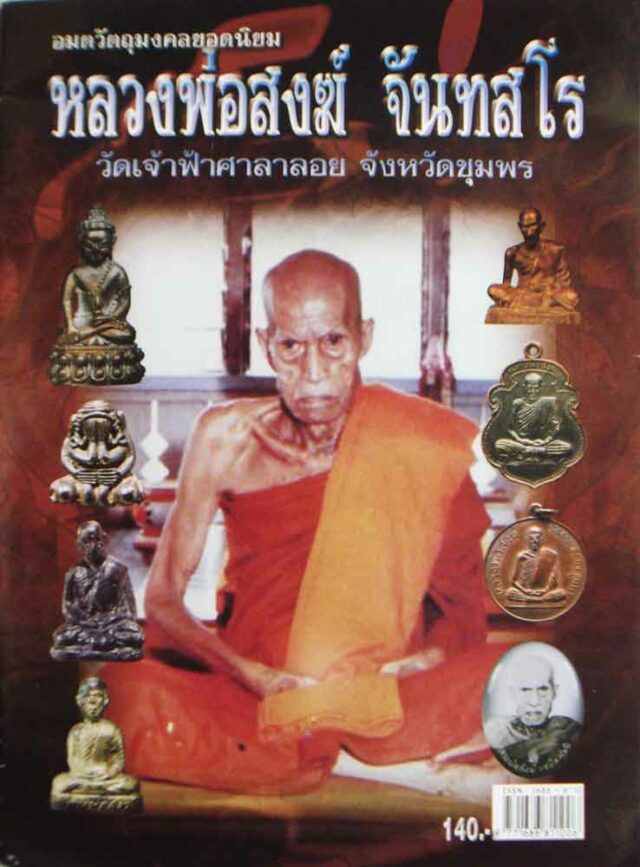
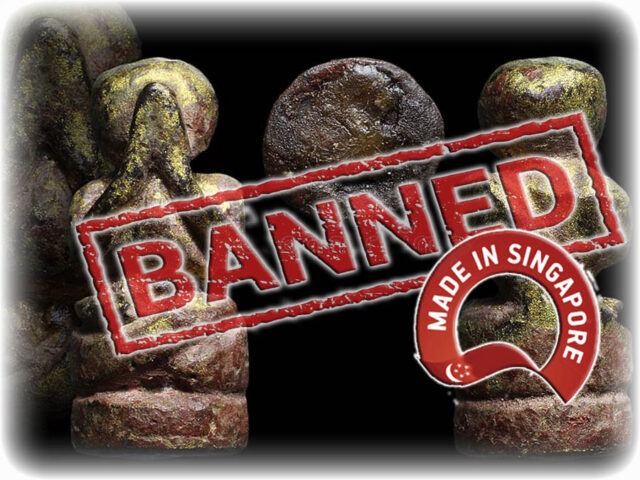
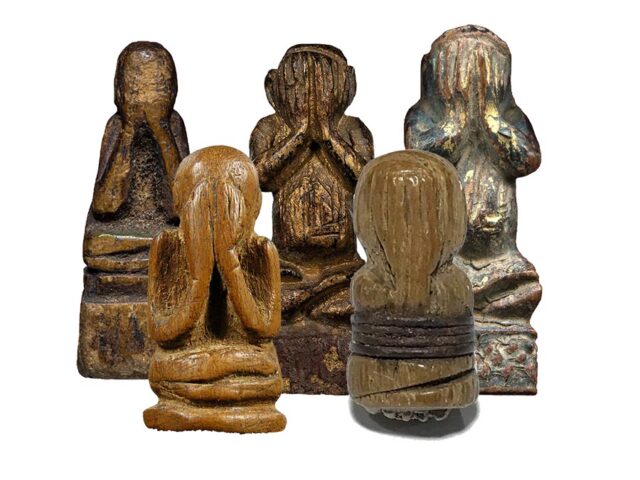
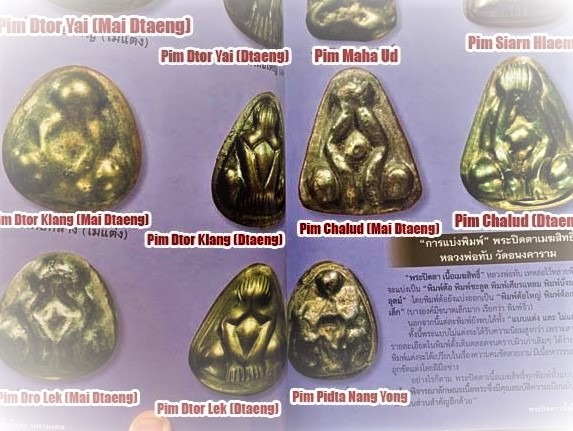
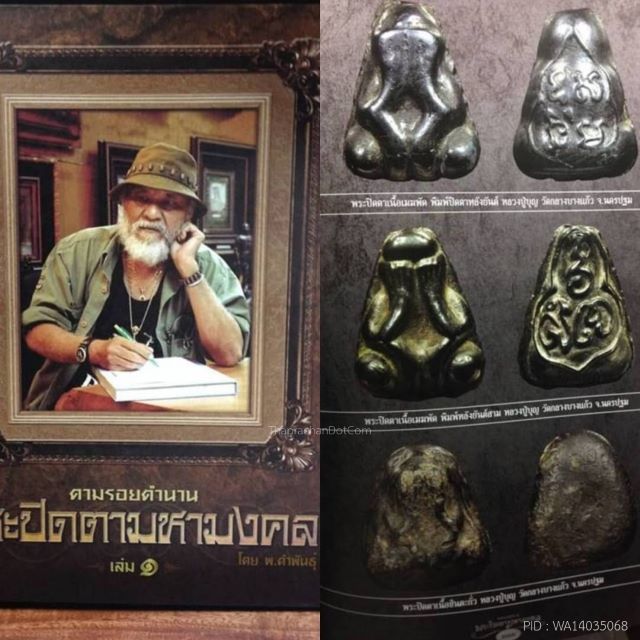
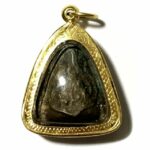
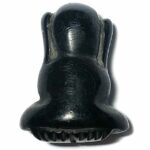
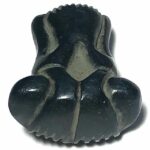
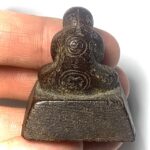
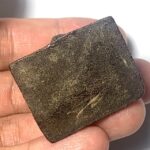
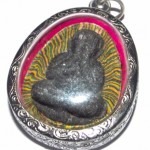
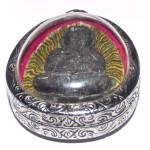
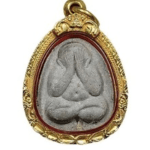
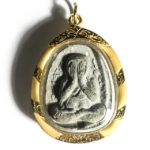
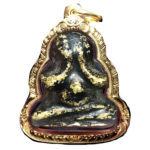
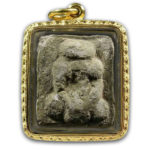
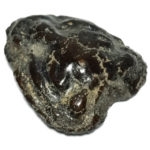
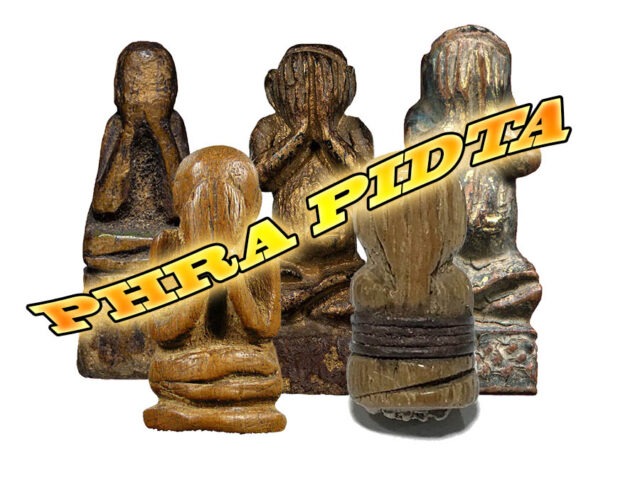
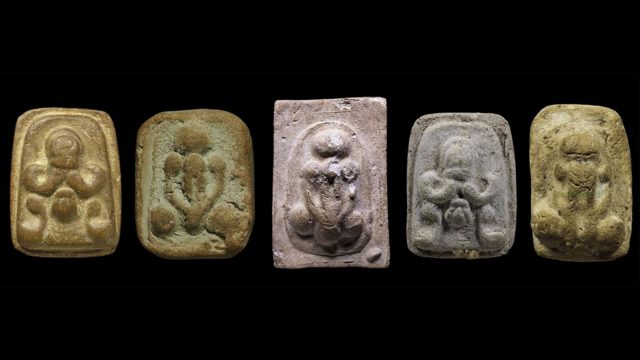
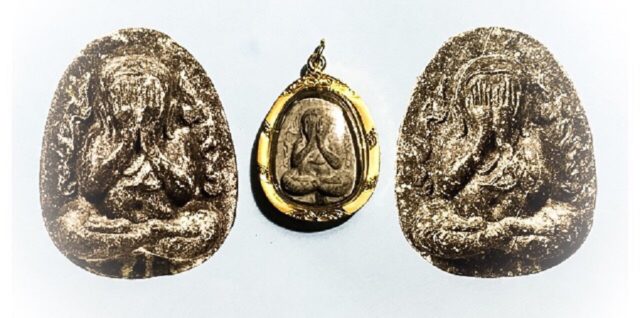
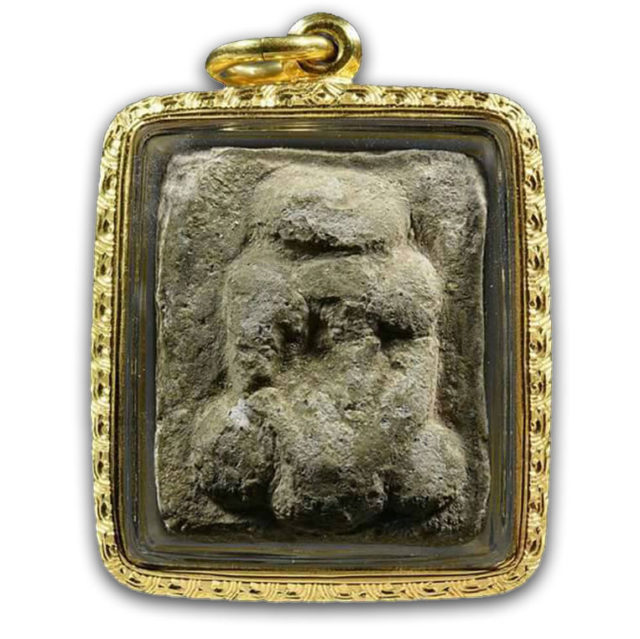
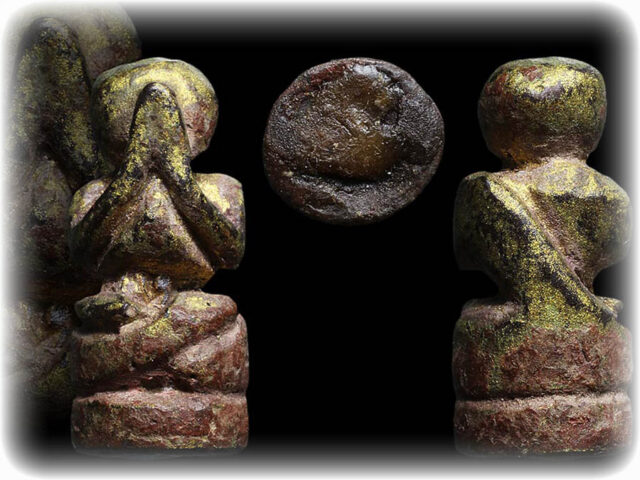
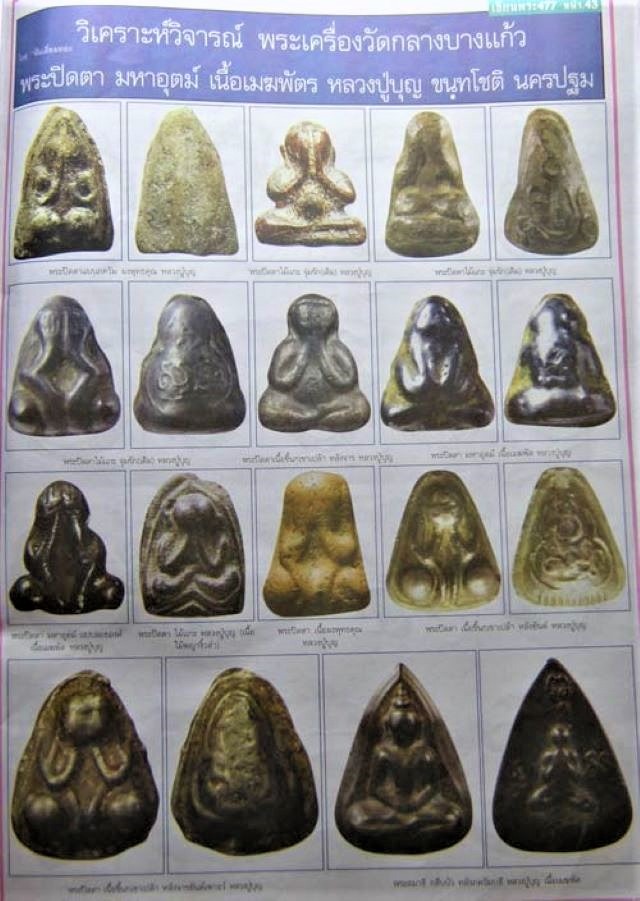
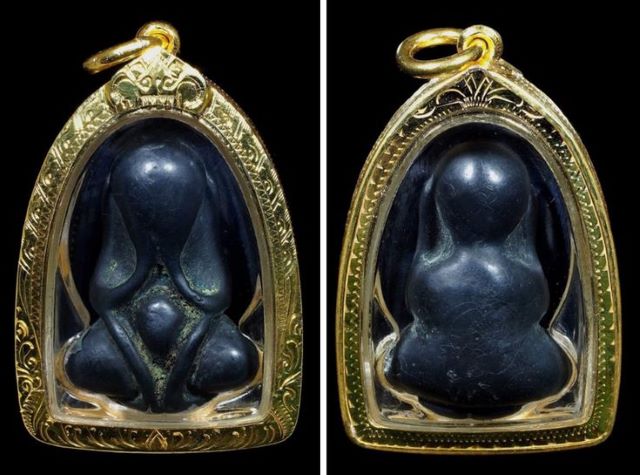
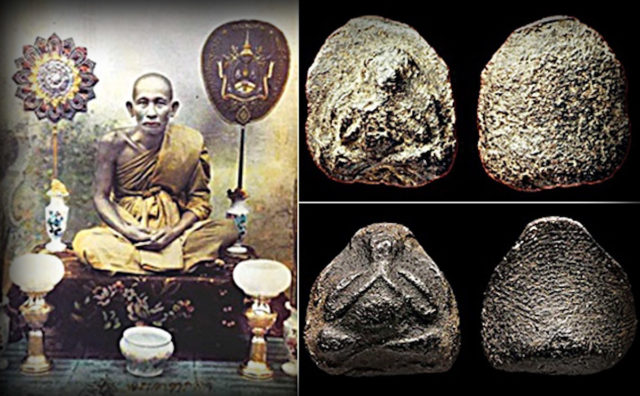
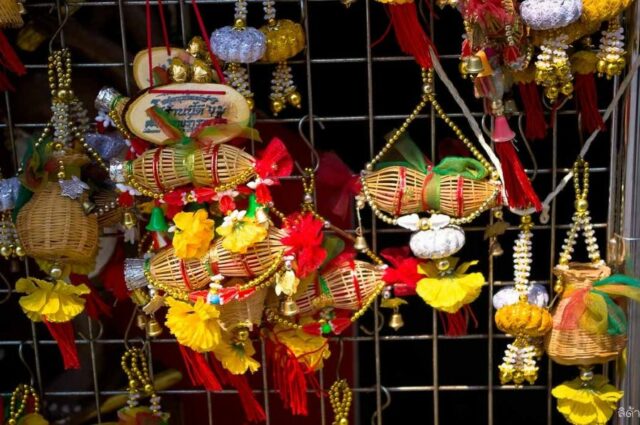
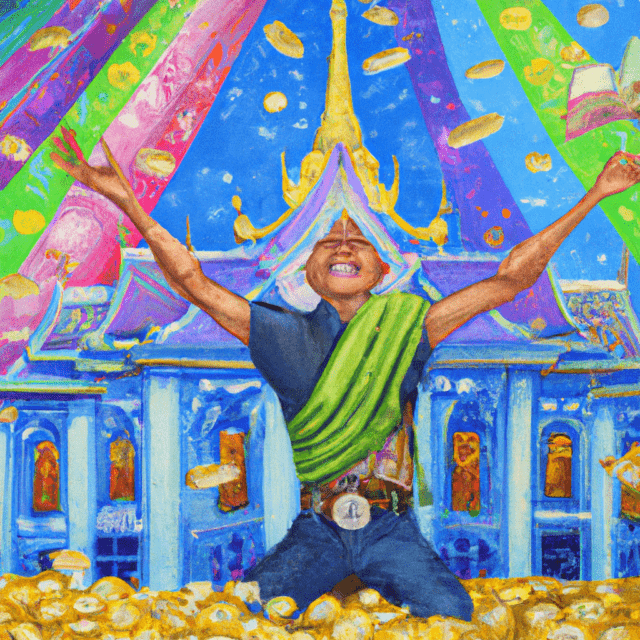
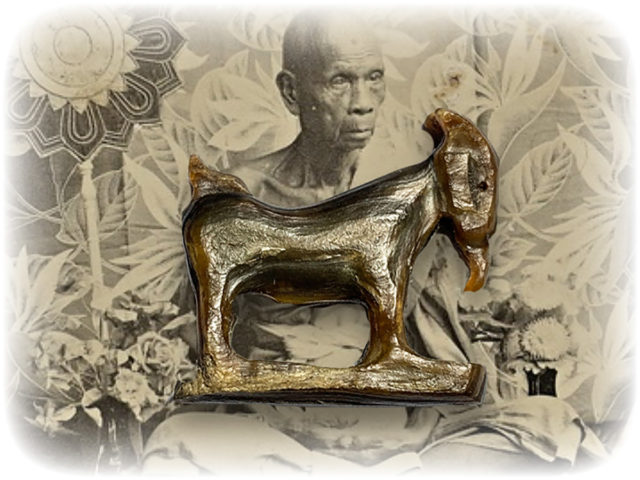
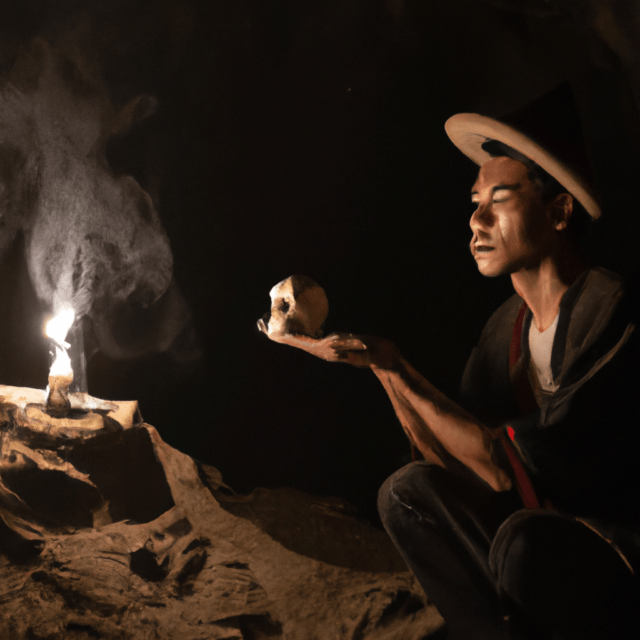
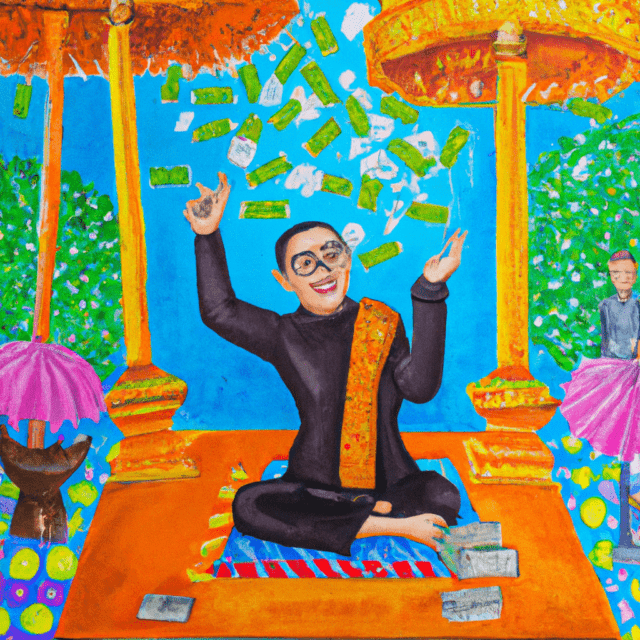
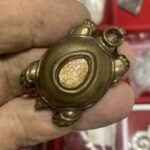
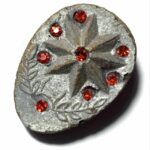
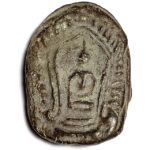
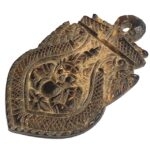
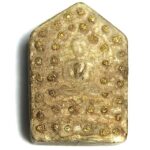
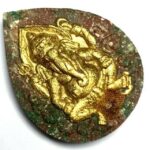
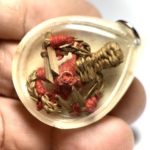
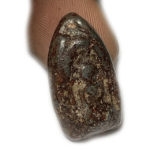
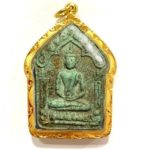
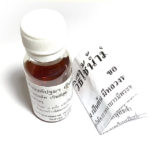
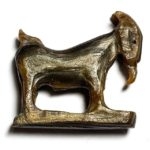
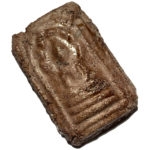
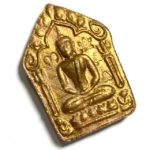
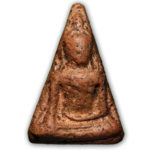
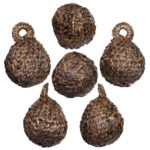
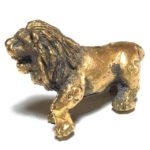
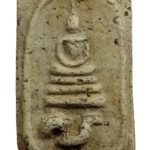
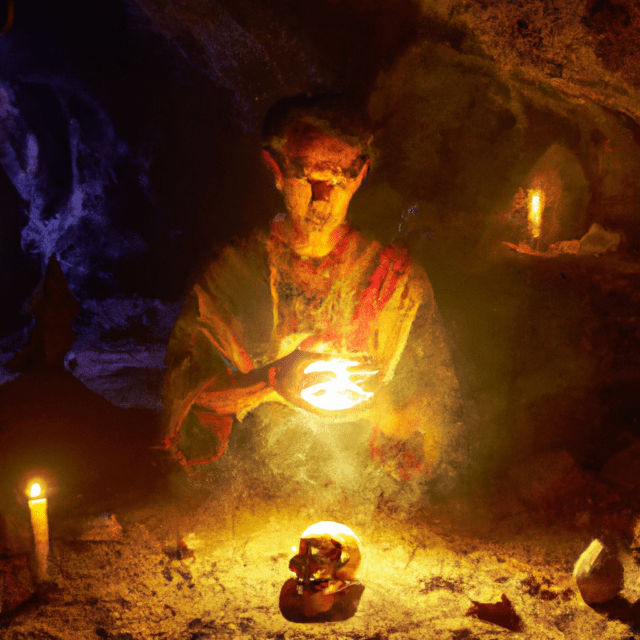
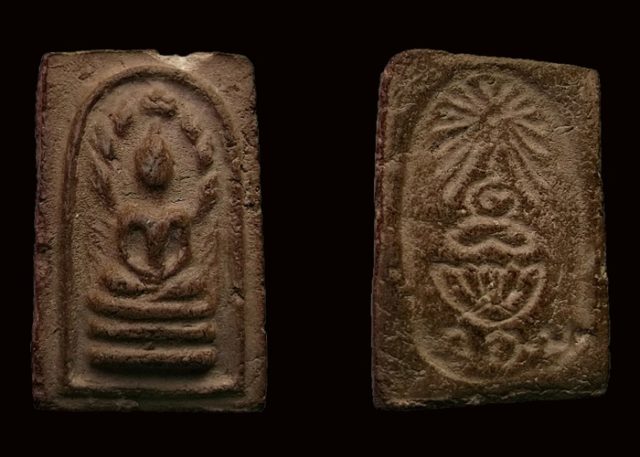
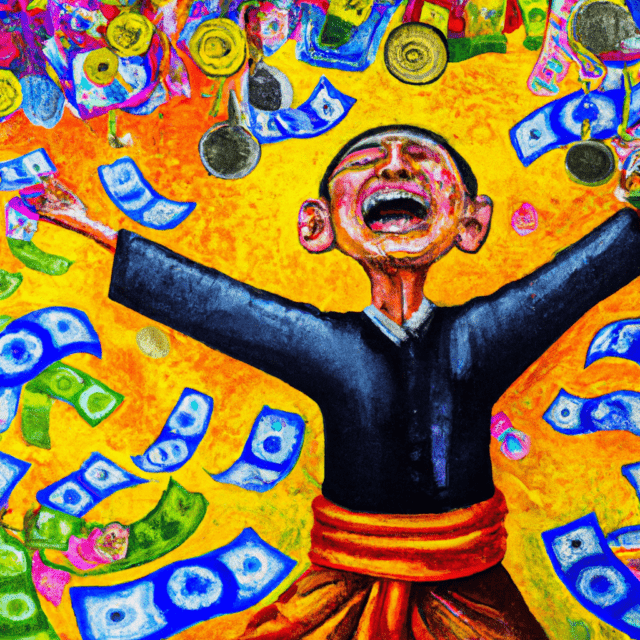
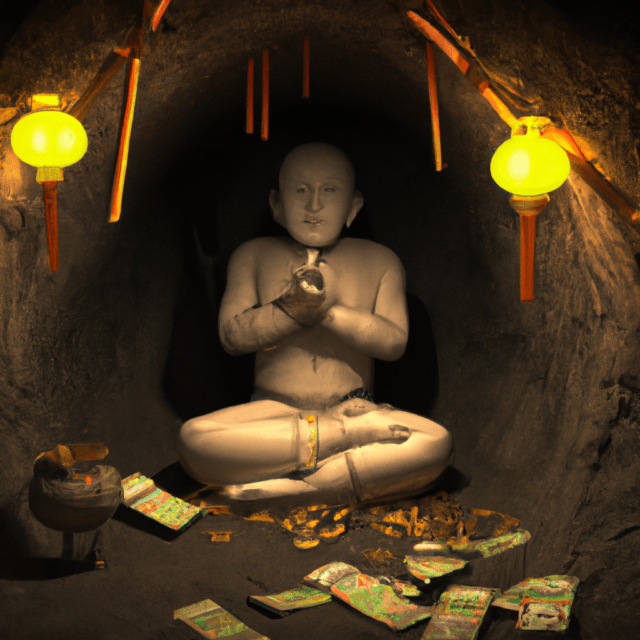

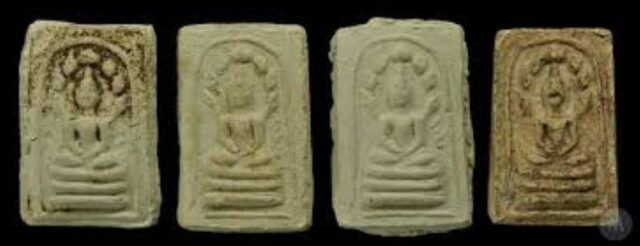
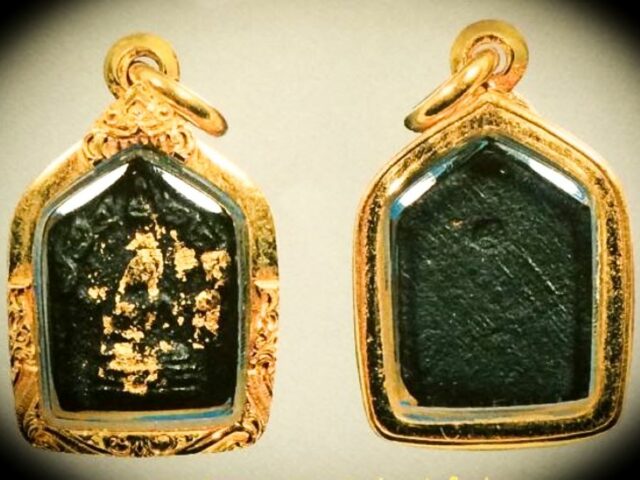
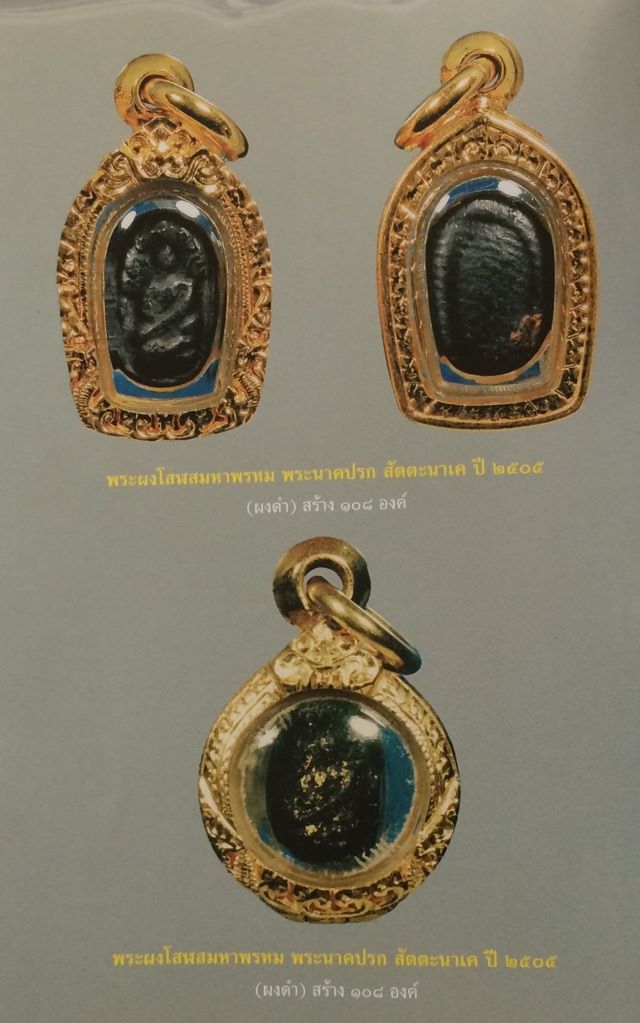
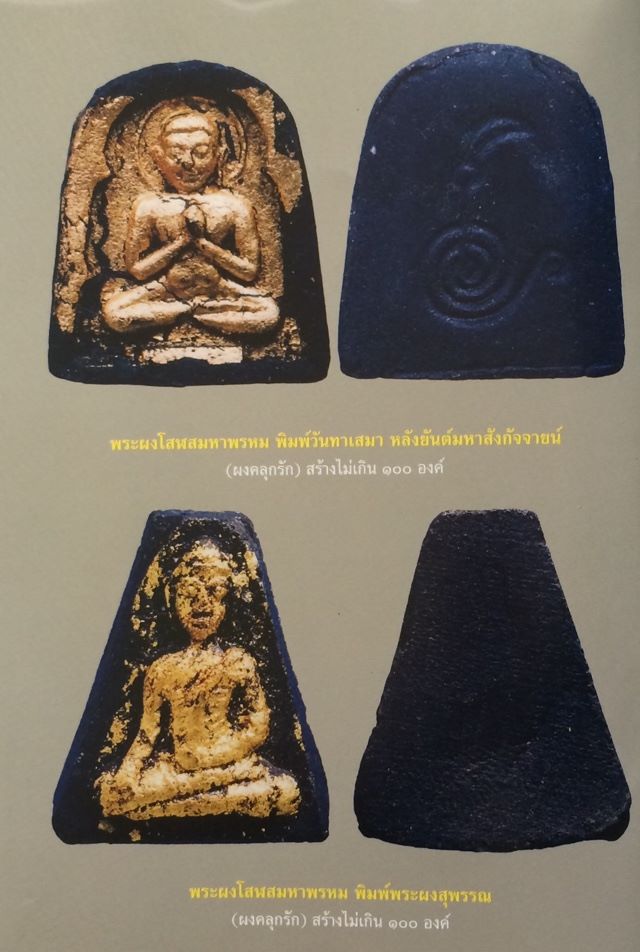
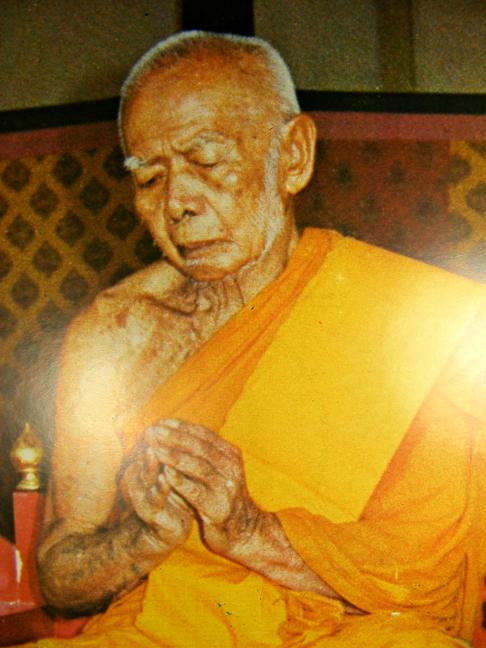
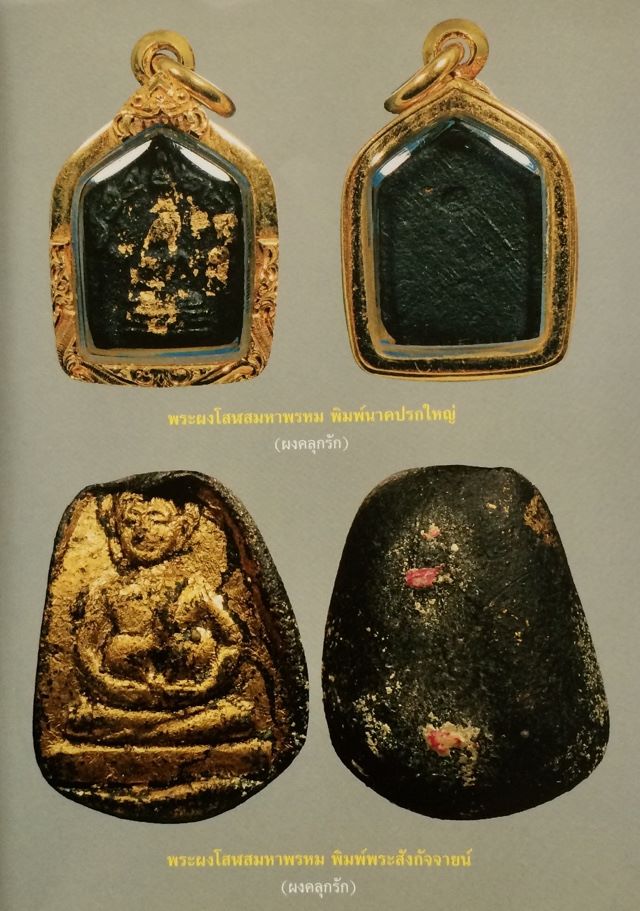
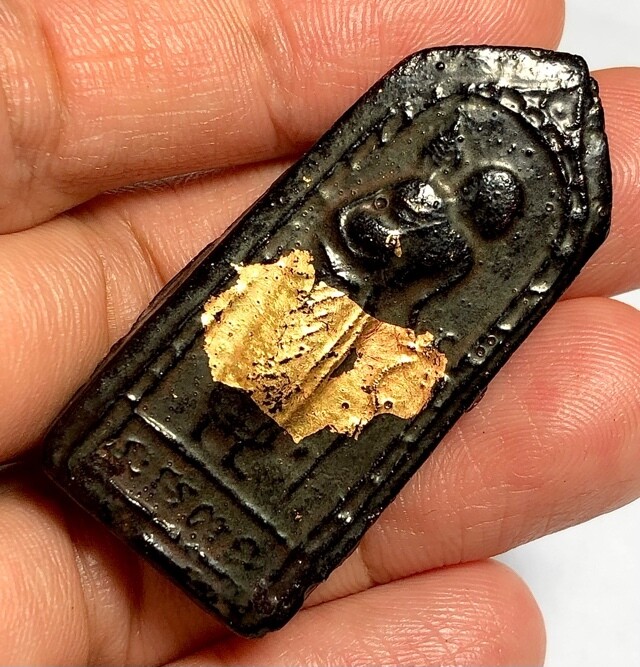
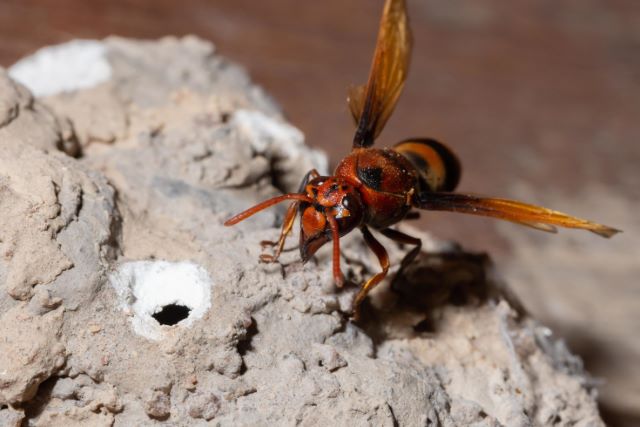
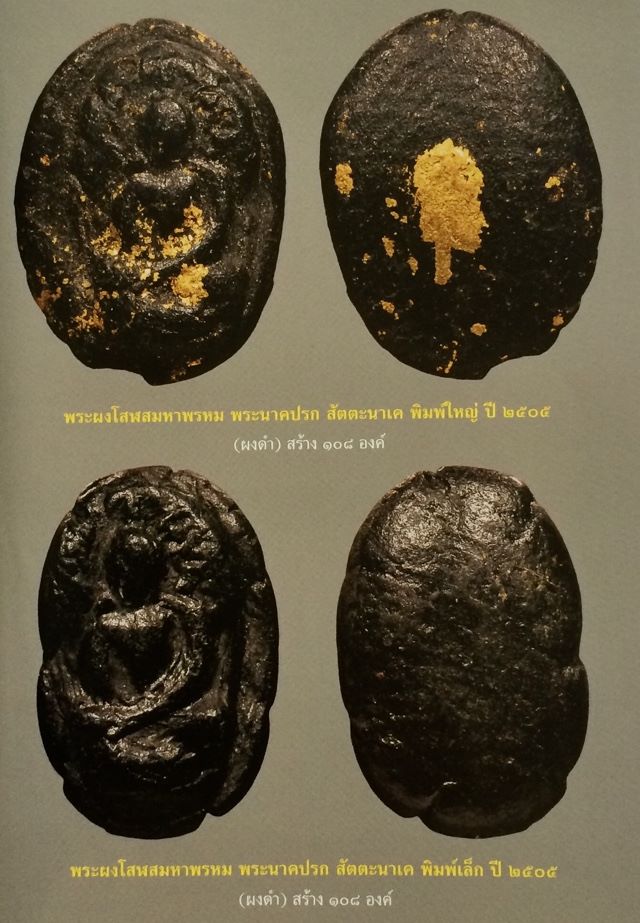
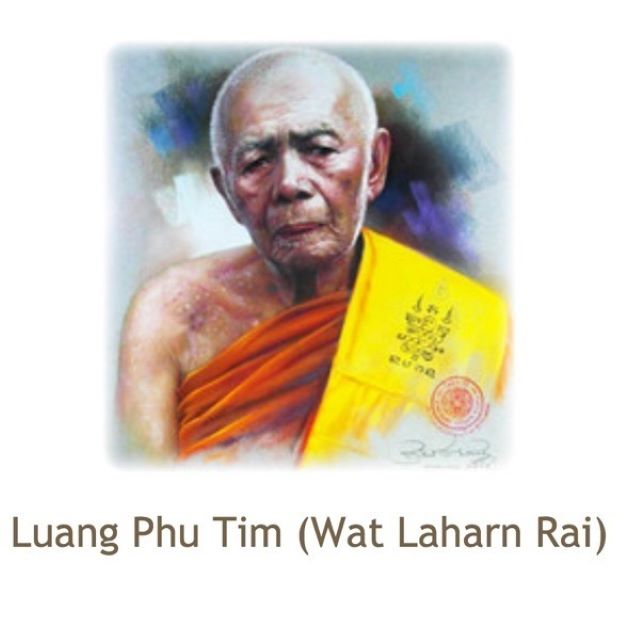

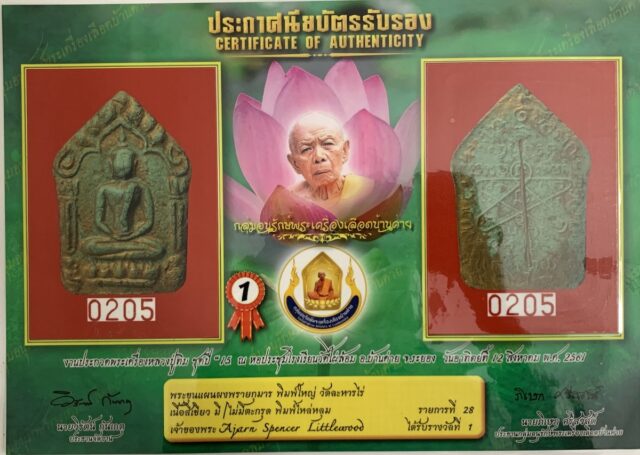




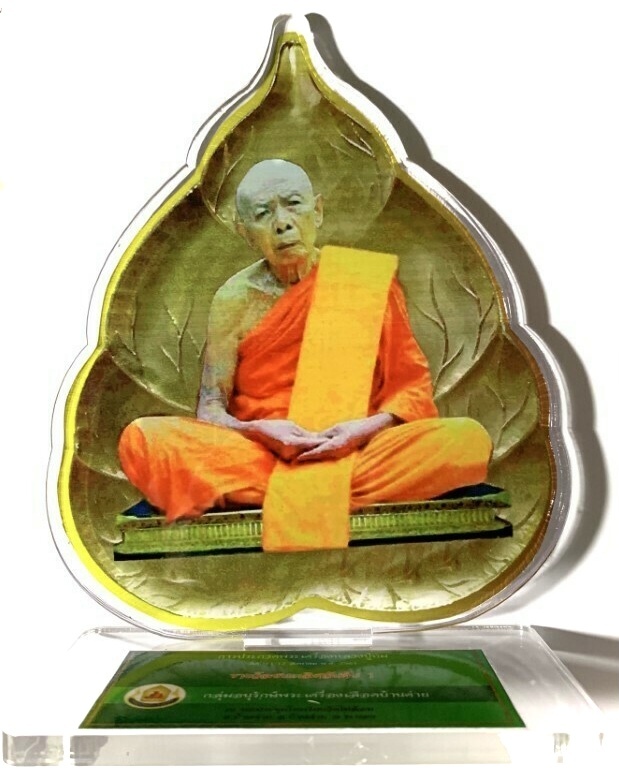




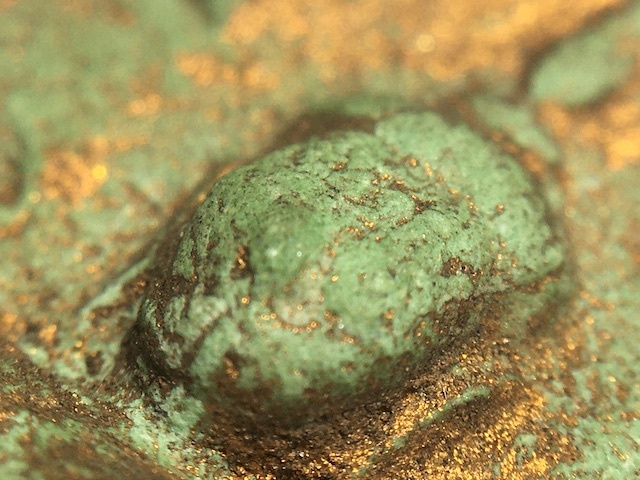
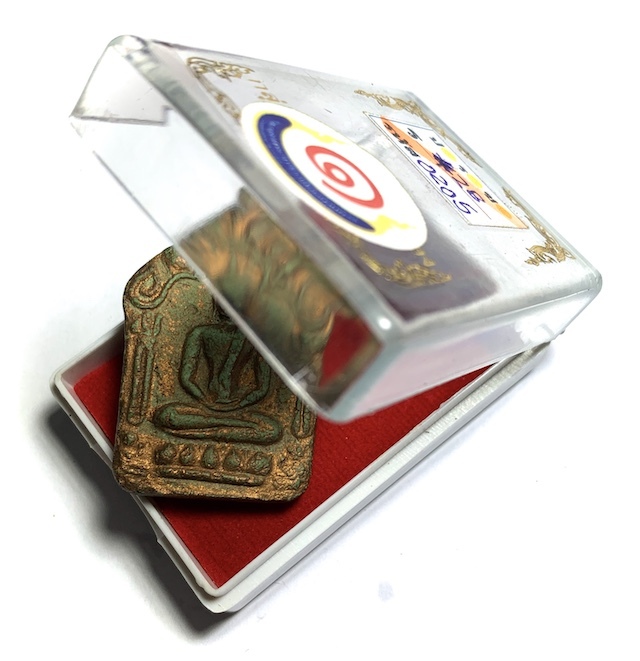
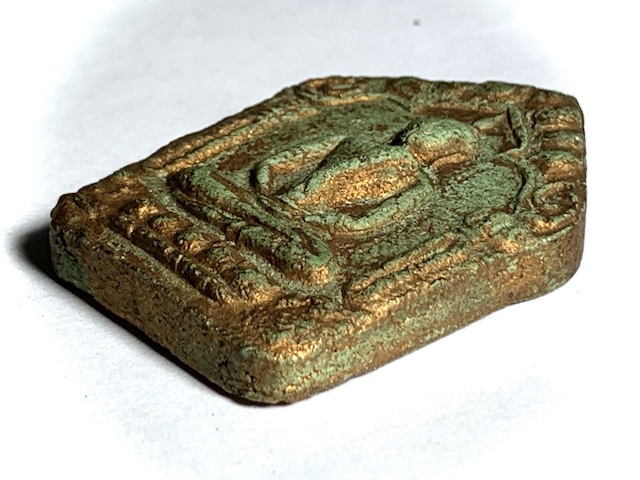
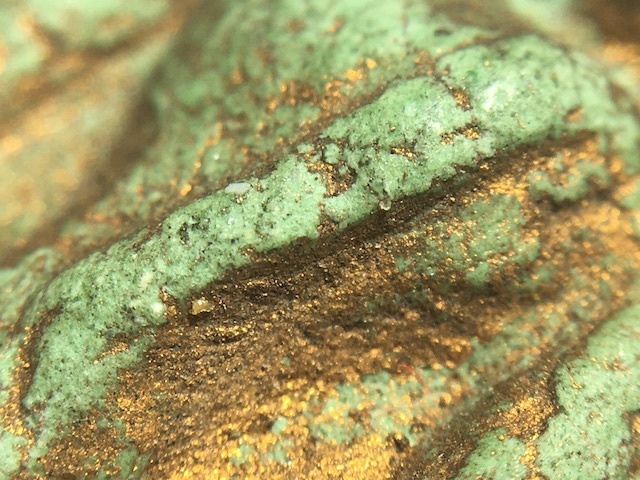

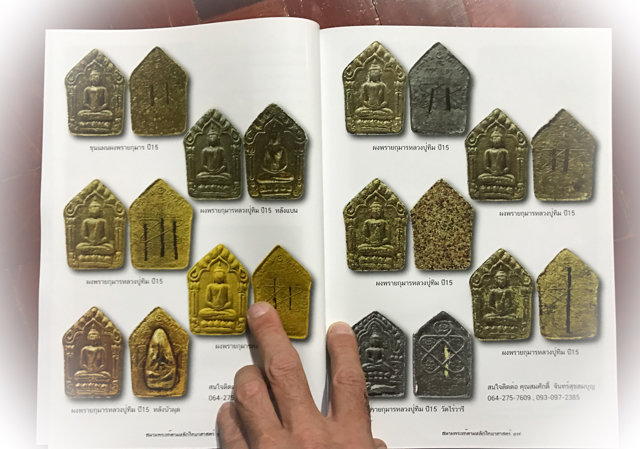
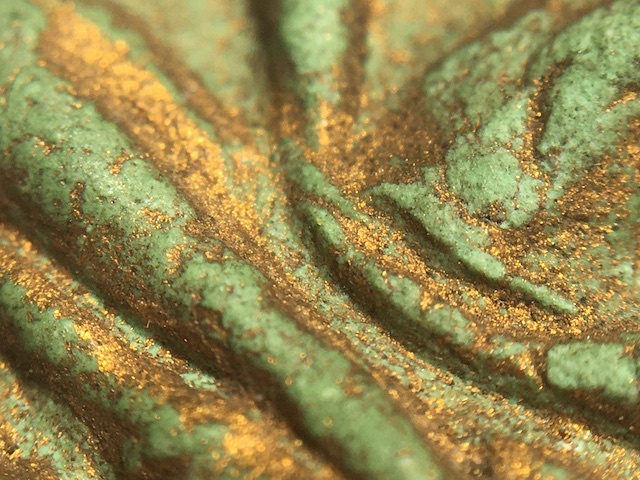


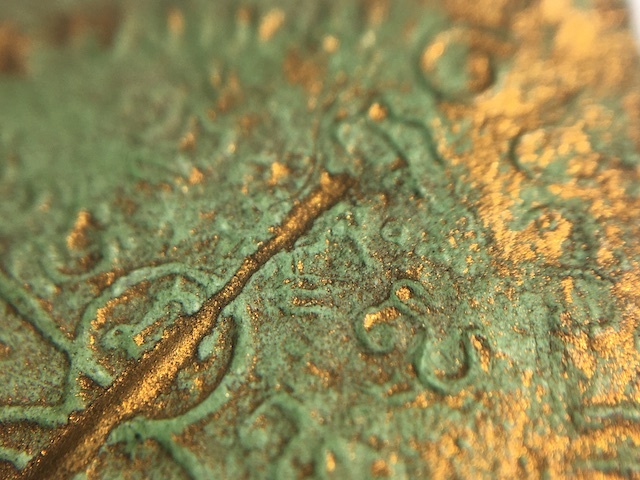




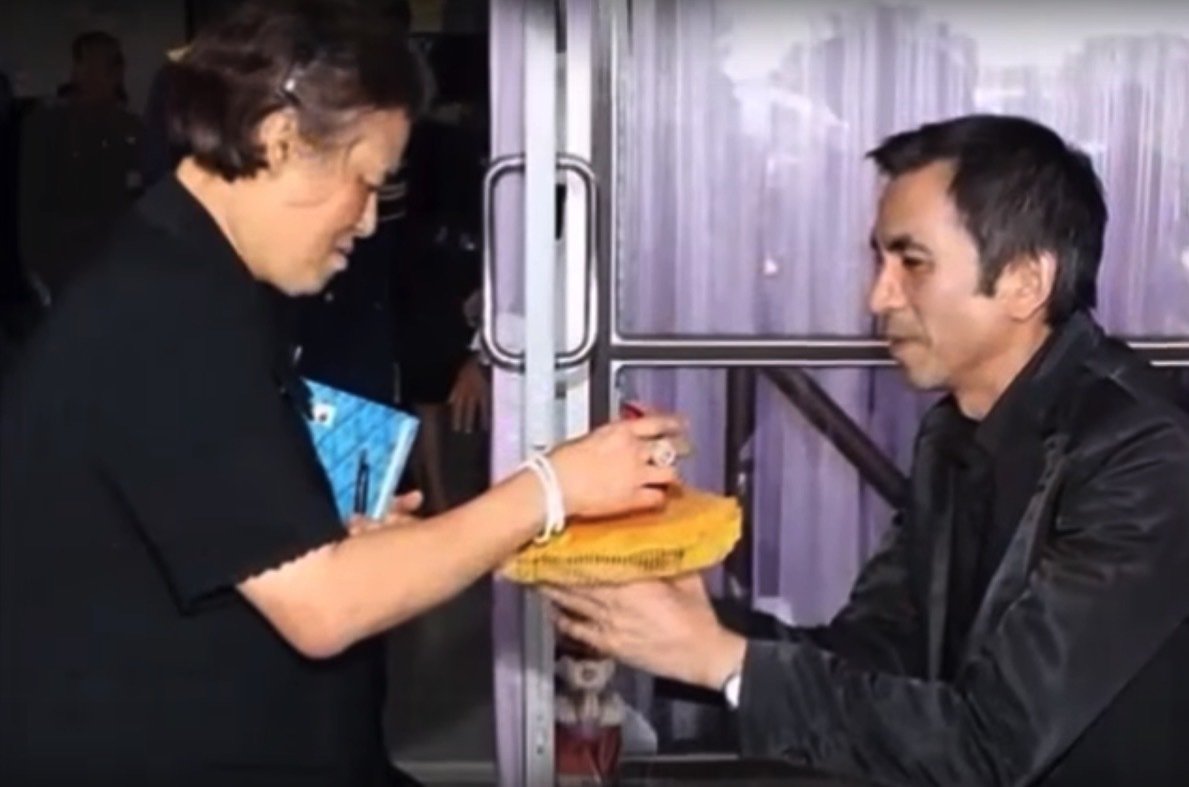

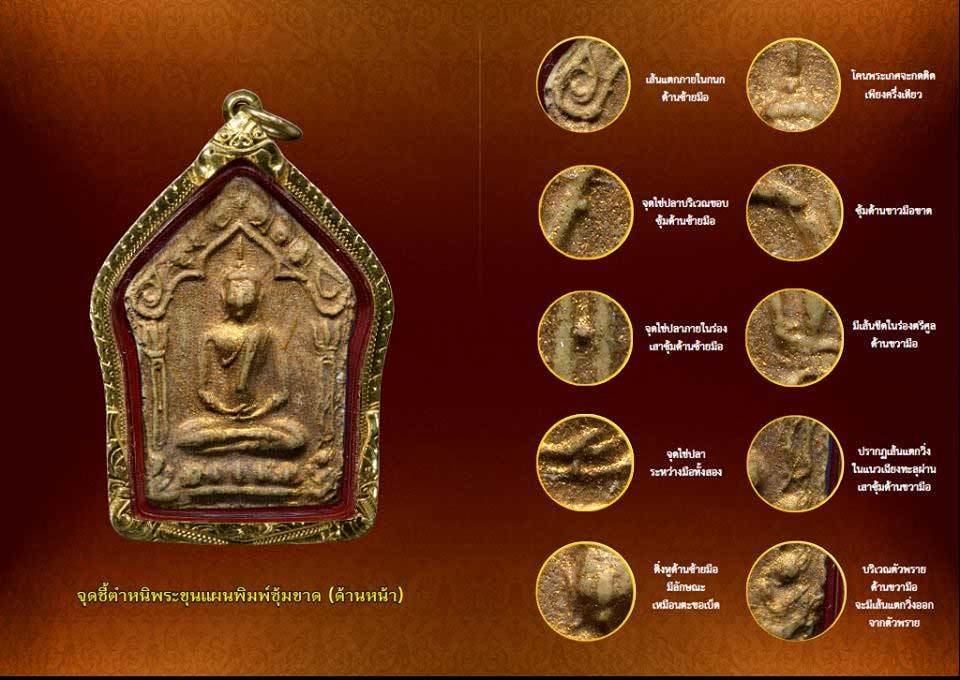
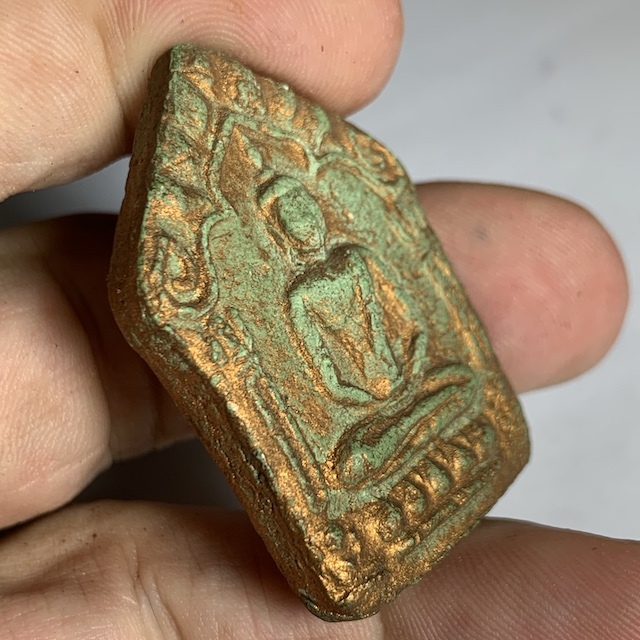
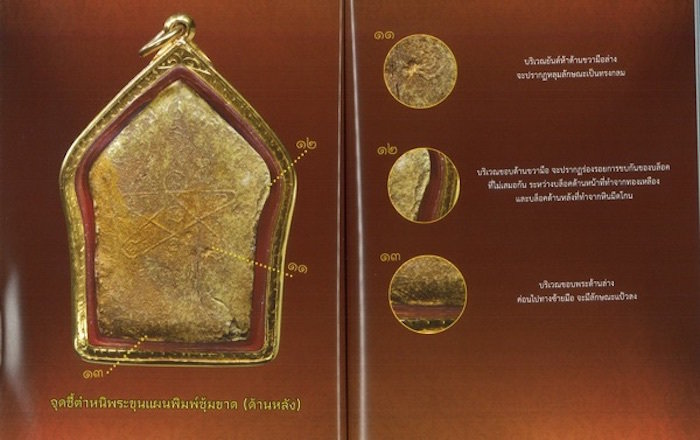




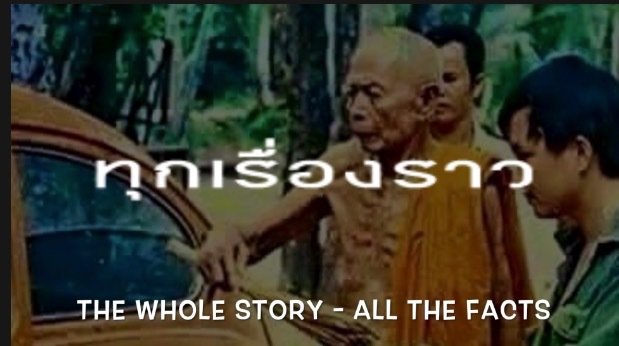



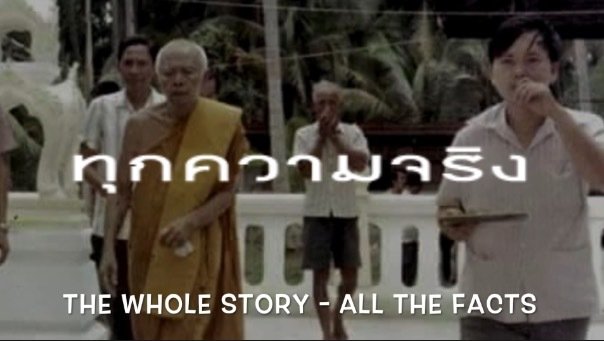
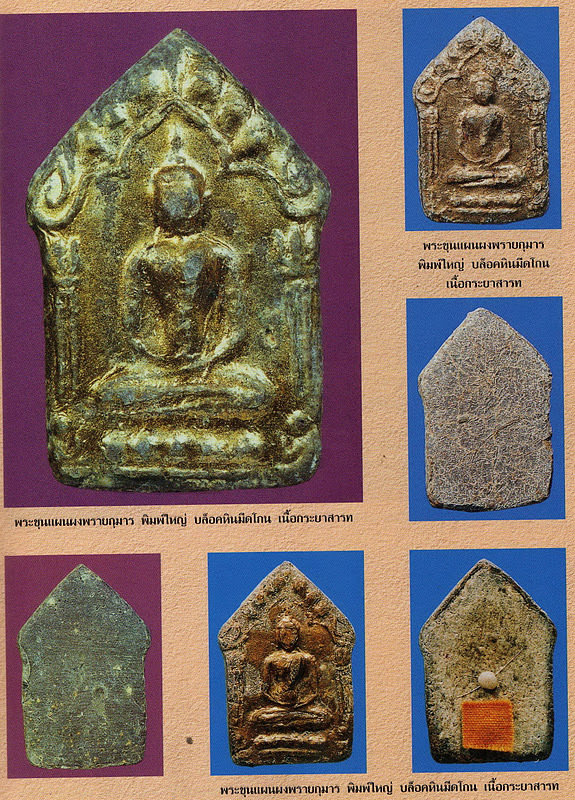

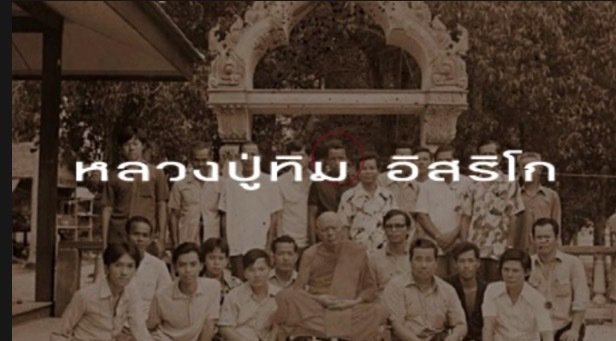



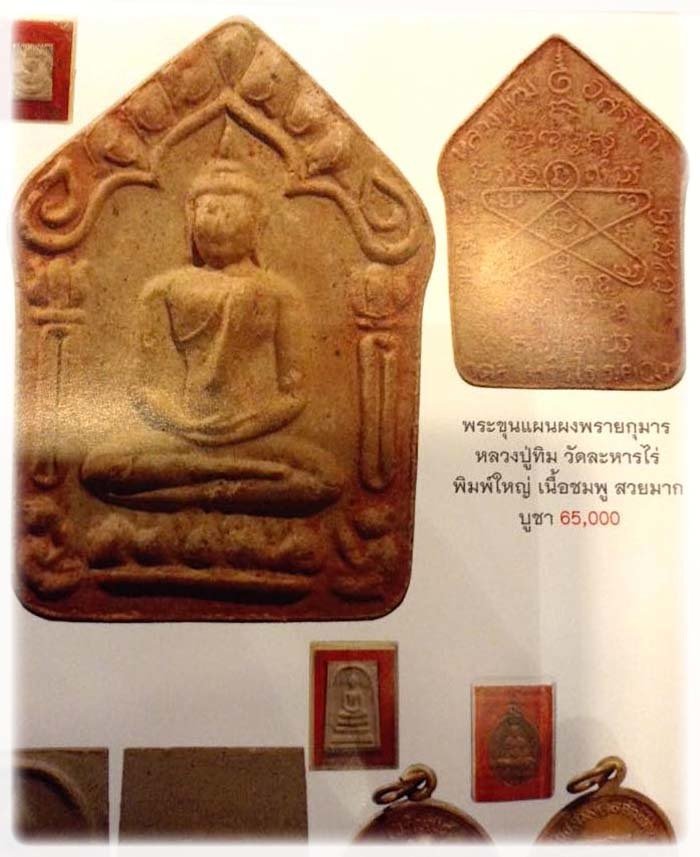







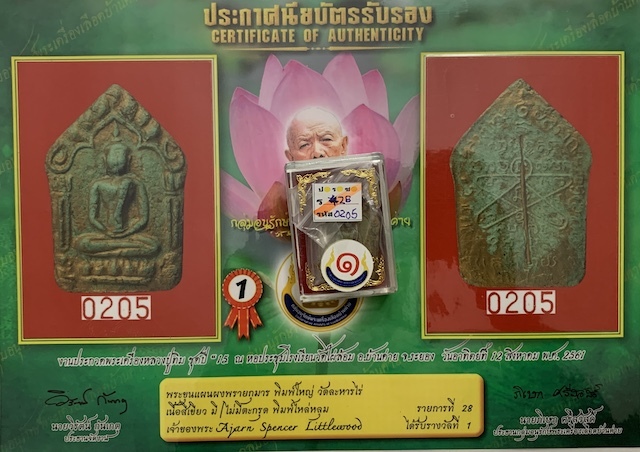



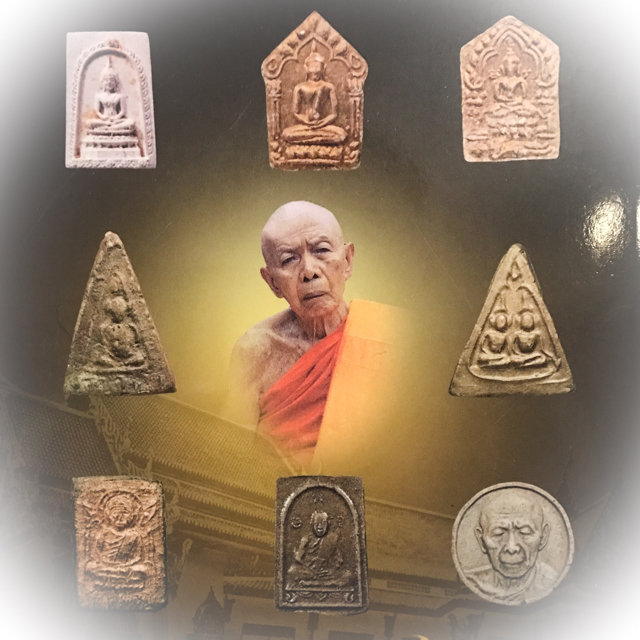



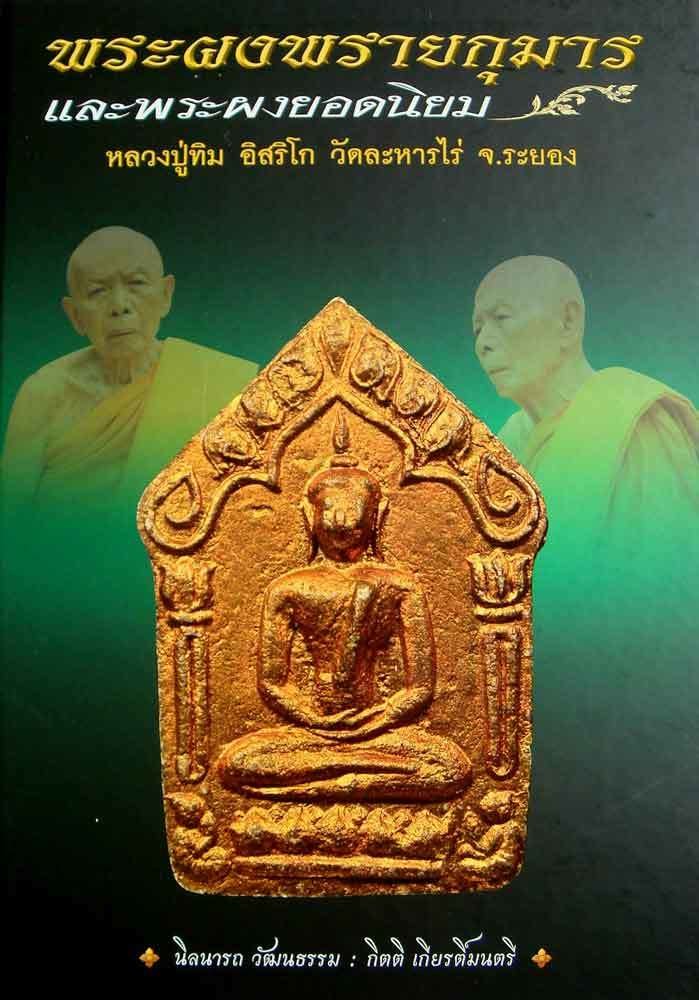
 Since his passing, his devotees and apprenticed monks, have now become the world’s top living masters for the making of Pra Khun Phaen Pong Pra Kumarn, and literally dozens of encyclopaedic books, have been printed, documenting both this great master monk, and his classic amulets of high esteem.
Since his passing, his devotees and apprenticed monks, have now become the world’s top living masters for the making of Pra Khun Phaen Pong Pra Kumarn, and literally dozens of encyclopaedic books, have been printed, documenting both this great master monk, and his classic amulets of high esteem.
